| Chasing the Seasons |
Today we only rode 47km, the road was paved and cars sped past at pace, but we had the luxury of a cycle path most of the way. We pedalled past beech trees, eucalypts, cabbage trees, ferns and rural gardens edged with hydrangeas. It could have been home. At the end of the day we camped by a beach on the edge of a crystal clear lake. A glacier-capped volcano stood on the horizon, crisp against a blue sky. It was warm and humid.
While we rode the altitude on the GPS screen read between 50–80 metres. I wondered for a moment if it was broken, having become so accustomed to it rendering our altitude in four figures. You’re probably wondering where we are, and if you have become a bit bored of photos of places with no trees and lots of sand and rocks, then maybe we’ll win back your attention for a while.
During our time in Mendoza, Argentina in mid February it became clear to us that we needed to get a wriggle on to get south to Patagonia to make the best of the season down there. The thought of hoofing it down the highway from Santiago after our Portillo hike-a-bike adventure was totally unappealing, and so was making our way through Patagonia’s mountains, fiords and forests during winter. So we decided to bus over 1000km south from Santiago to Puerto Varas, near the northern end of the Carretera Austral, and resume our bicycle journey there. We’ll be in Patagonia in the optimal season for photography and wildlife, and there will be less tourists around.
This means of course that when we arrive in Ushuaia in three months or so, our journey won’t be over. We’re considering exploring more of Patagonia during the coldest months, wintering over for a little while and then we will close our gap back to Santiago once the snow begins to thaw in the high country between Barlioche and Santiago.
We spent five days in Santiago, staying with some generous Warmshowers hosts who make us feel part of the family and looked after us well. Thanks Carlos and Joanna, and Miguel, Javi and their son Nahuel, you made our time memorable.
With some writing commitments, packing the bikes into boxes for protection on the bus trip and some maintenance we were quite busy.
It was hot there – in the high 20s everyday and very dry. During the evening the temperature doesn’t drop much and you never need more than a sheet to sleep under. The city sits on an arid plain at the edge of the west Andean foothills.
At first glance it seems like a normal city, there’s loads of great cafes, craft beer and the range of food and influences you’d expect in any big city. But after a while walking around the suburbs on the edge of the CBD you start to notice how much graffiti there is. The closer you get to the centre, the density increases: A.C.A.B, is painted everywhere, along with Matapacos and various other slogans. By and large Chile’s social unrest that exploded at the end of last year is out of the media, but on the streets of Santiago the upwelling against the government is still very much alive.
The people we stayed with seemed slightly shell shocked in a way. The manifestacions (demonstrations) have had a massive impact on everyone in the cities lives. There are many closed businesses, no go areas and districts with a Bronx-in-the-70s look about them – plastered with graffiti and extensively vandalised. Steel shutters, welded around every street level surface of entire streets are a very common sight.
The protest movement and disillusionment with the state is so strong it has heralded an entire culture with it. A t-shirt over the head, goggles, masks and neck scarfs have become symbols of the uprising.
Plaza Italia is a symbolic centre of the city and the epicentre of the protests and activity continues there nearly everyday. Every statue in the area is plastered with paint. The grass of the parks has been trampled to dust. In many places the footpath, tiles and curbs have been destroyed and turned into ammunition to throw at police riot squads and vehicles.
At one end of the plaza, in the middle of the road a small fire was burning. There were lots of people around with breathing masks and goggles, in the distance we could hear something being beaten against some steel shutters, aggressively. People were shouting somewhere. But around us there there stood lots of other tourists and locals, watching what was going on, or just adding their presence. There did not seem to be anything structured happening, just agitated people in the street. Young men mostly.
Bleeding eyes painted on statues and posters are another potent symbol of the riots. They represent the over 200 people who have been blinded by rubber bullets fired by riot police.
Quite suddenly there was a roaring of engines and squeal of tyres and some armoured vehicles appeared. Powerful jets of water shot out of cannons on their tops at anyone on the streets, protesters as well as passersby.
Following the water cannon came clouds of tear gas. People were running. Even from quite a distance I could feel the gas smart my eyes and make my throat hurt. Javi had warned us, “If you’re going to hang around there you should buy a scarf to cover your mouth and nose.”
We walked further, oblivious as to what to expect in this area. But just around the corner there was another throng of protesters. The beating of steel and shouting started again. But the atmosphere was almost festival like in a way. A man with a shopping trolley was walking around the crowd selling goggles and scarfs, and lots of people stood watching a group of rock throwing protesters facing an armoured truck. On the corner there was a jumbled memorial to a protester who had been killed by the police.
Beside it a pile of spent tear gas canisters.
Months of rioting have left the vehicles covered in paint and dents from projectiles. We watched for quite a while as this incident played out: a game of tit for tat. Stone throwing young men against robot-like vehicles with faceless operators. The police team seemed to play along. Stones would be thrown and the young men would become emboldened and move closer.
Only to reach the tolerance of the police and then be repelled. Apparently the water from the cannons also contains a skin-irritant.
As the crowd grew, a line of police in riot gear appeared. The group in the middle of the road intersection must have reached a critical point, because all of a sudden the front line of rioters began sprinting towards us. Suddenly the air behind them thickened with clouds of tear gas. Hana and I turned to run too, out towards a park, but then tear gas canisters began to pop over our heads and past us. The acrid smoke was everywhere. Adrenalised, we ran as fast as our flip flops would allow. A man went to kick one of the tar gas shells away from him but kicked it right in my direction. We kept on running, our eyes starting to water and our lungs begging for air, until we felt safe again.
While those incidents are playing out everyday, there is a normal side to life in the city too. We met one day with Samuel of Plasmo Bikepacking. He’s manufacturing bikepacking softgoods and has made me an excellent roll-top lens bag that fits on my bars. No more digging around in my framebag to change lenses.
After five days in the city we caught an overnight sleeper bus down to Puerto Varas, which is a lakeside town at the very top of the greater Patagonian region. It’s near the start of the famous Carretera Austral highway and the start point for the next chapter of our adventure. It’s a nice town, with a mixture of the traditional along with what you’d expect in a modern tourist town. We’ll report back soon with the first leg of our Patagonia ride!
Do you enjoy our blog content? Find it useful?
Creating content for this site – as much as we love it – adds to travel costs. Every small donation helps, and your contributions motivate us to work on more bicycle travel-related content.
Thanks to Otso Cycles, Big Agnes, Revelate Designs, Kathmandu, Hope Technology, Biomaxa and Pureflow.

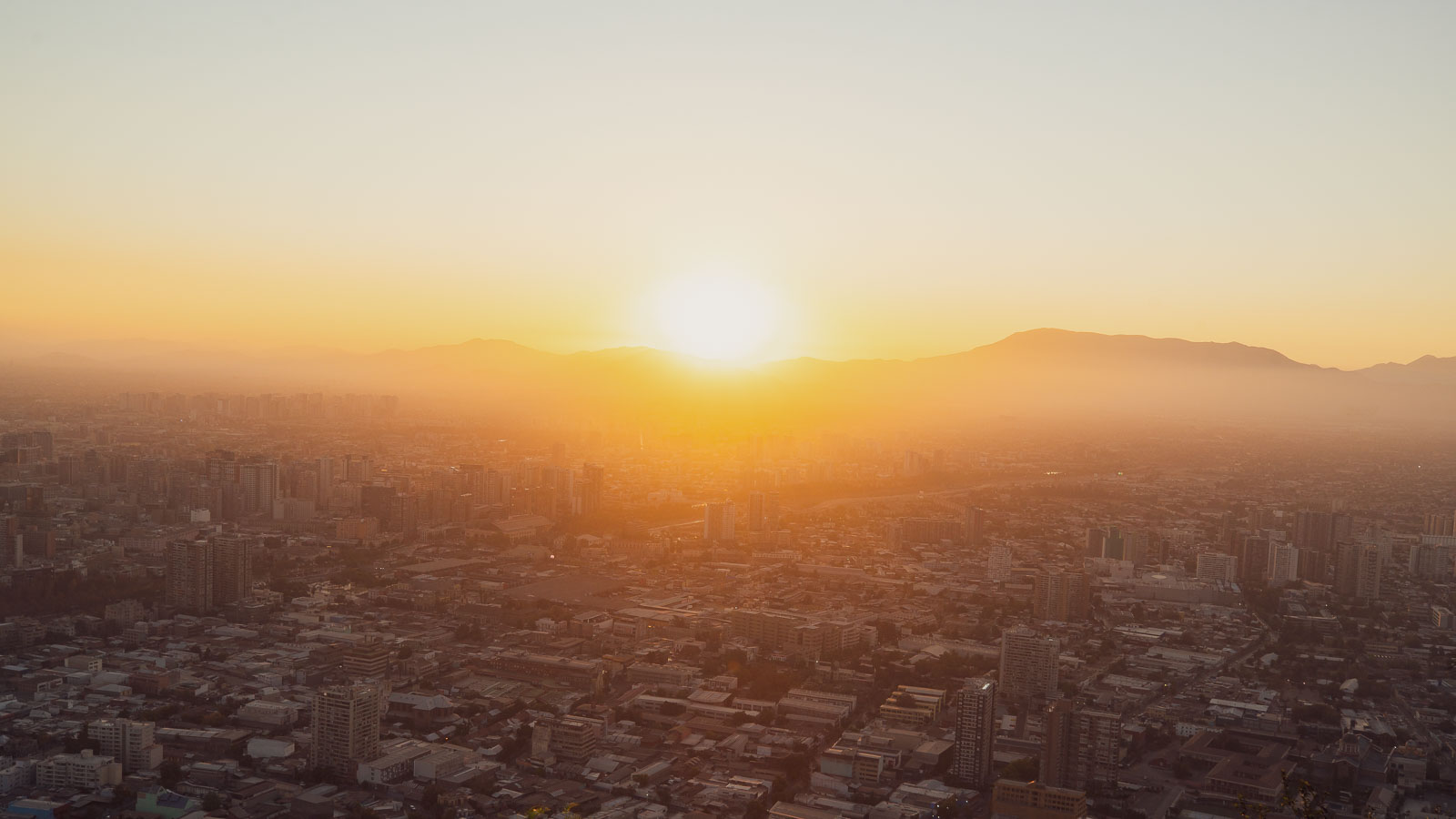
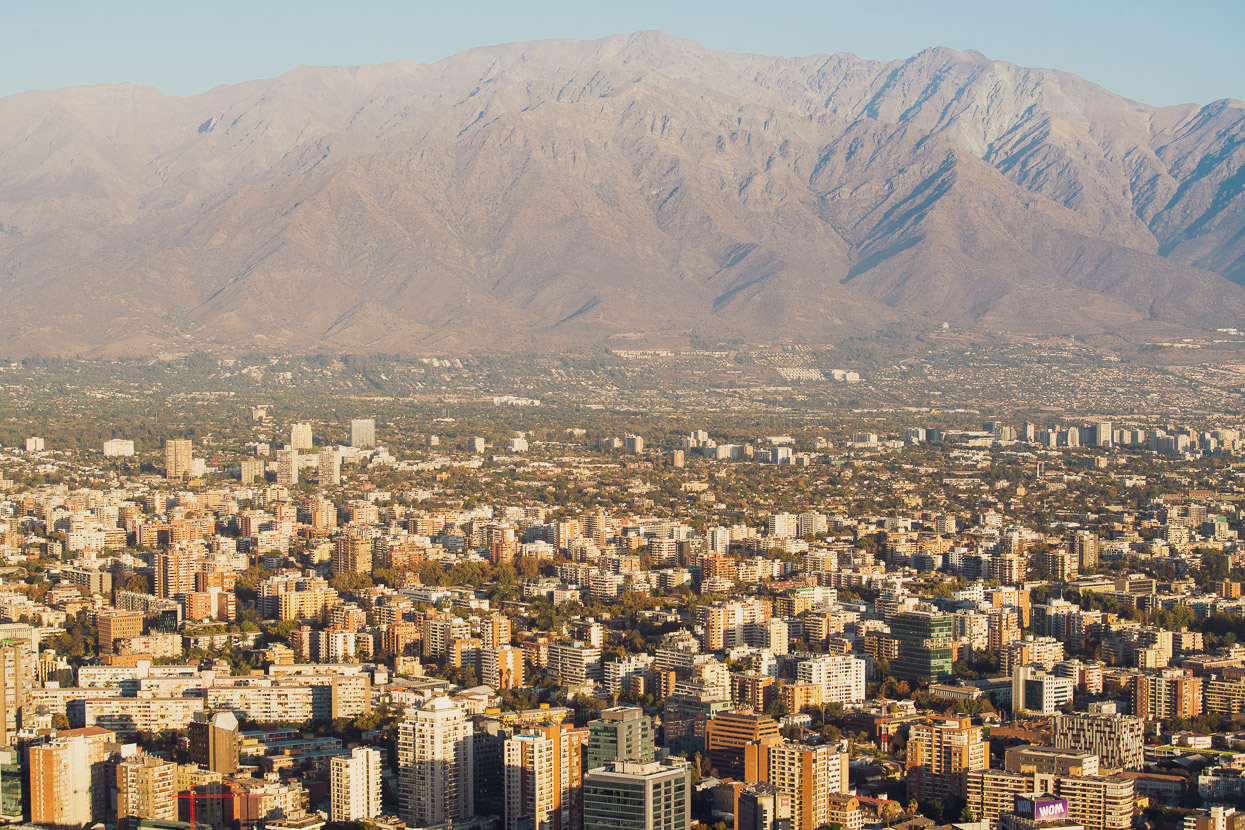
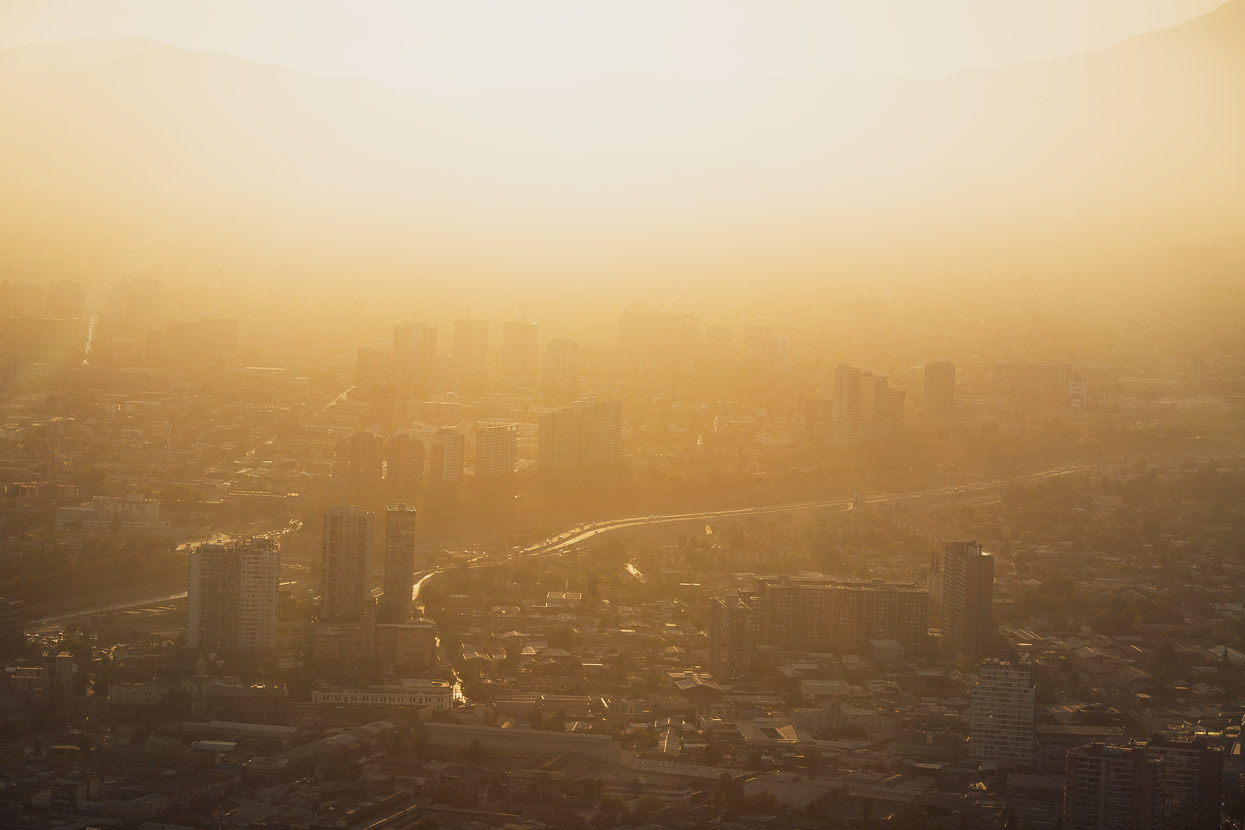
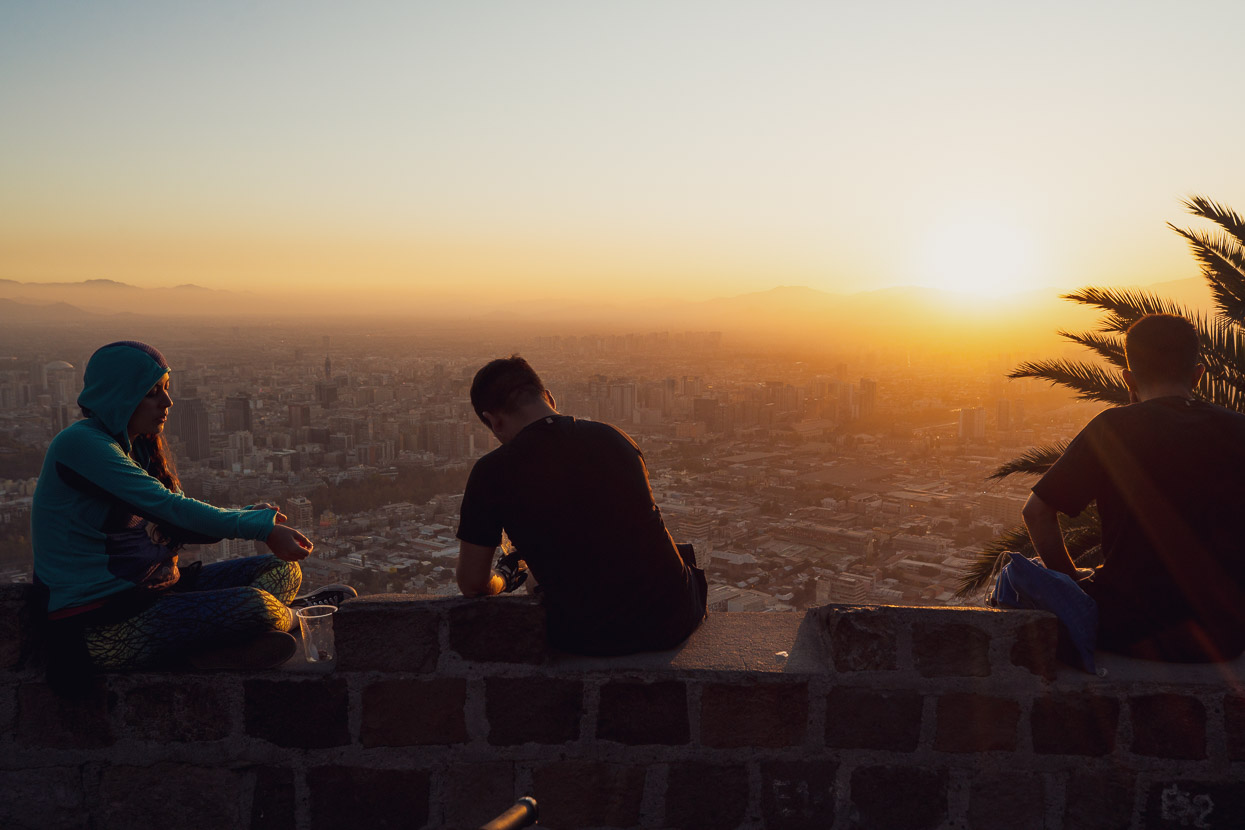
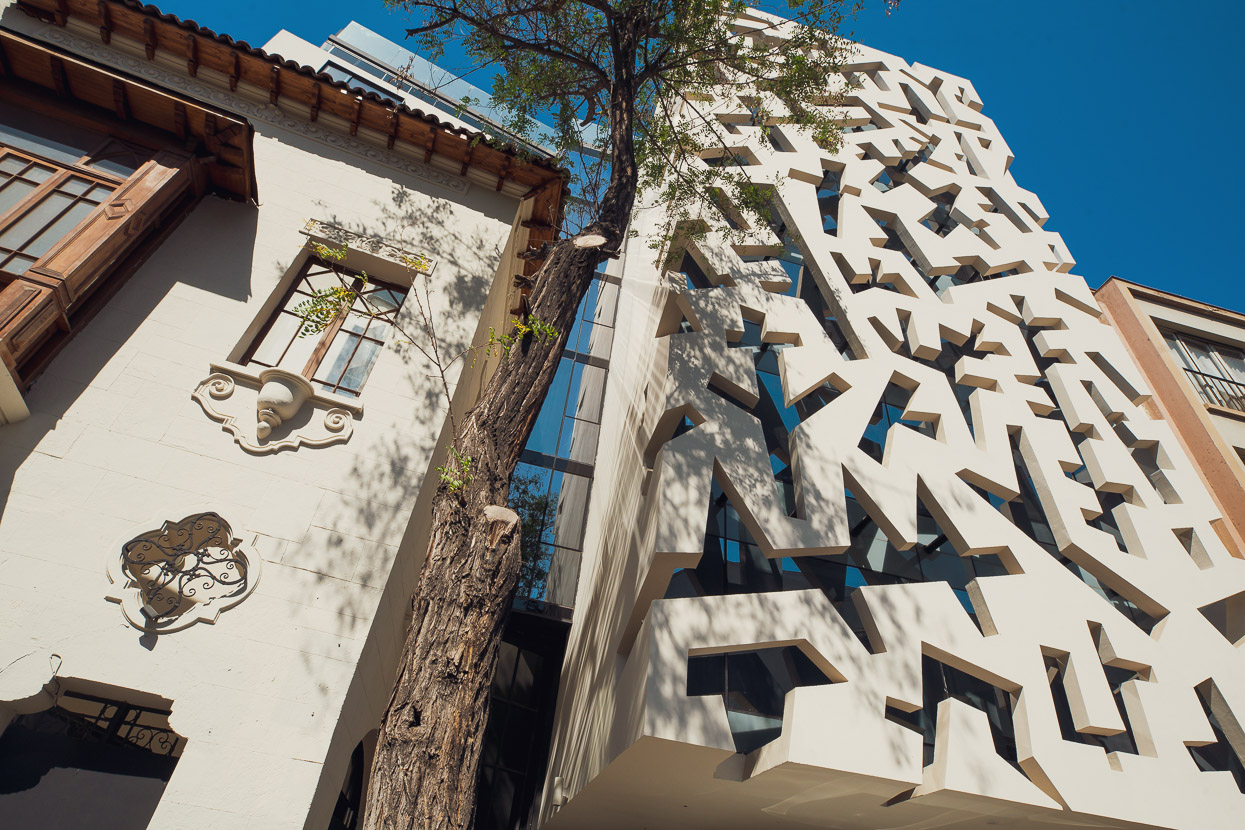
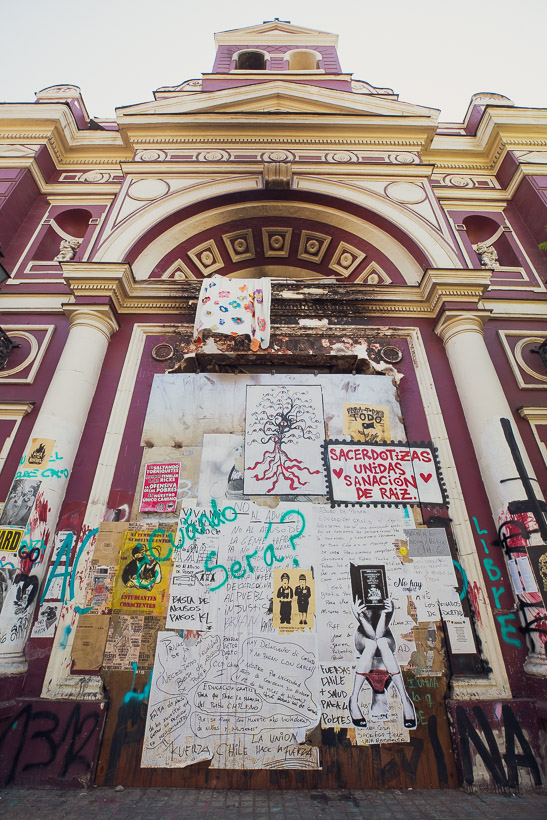
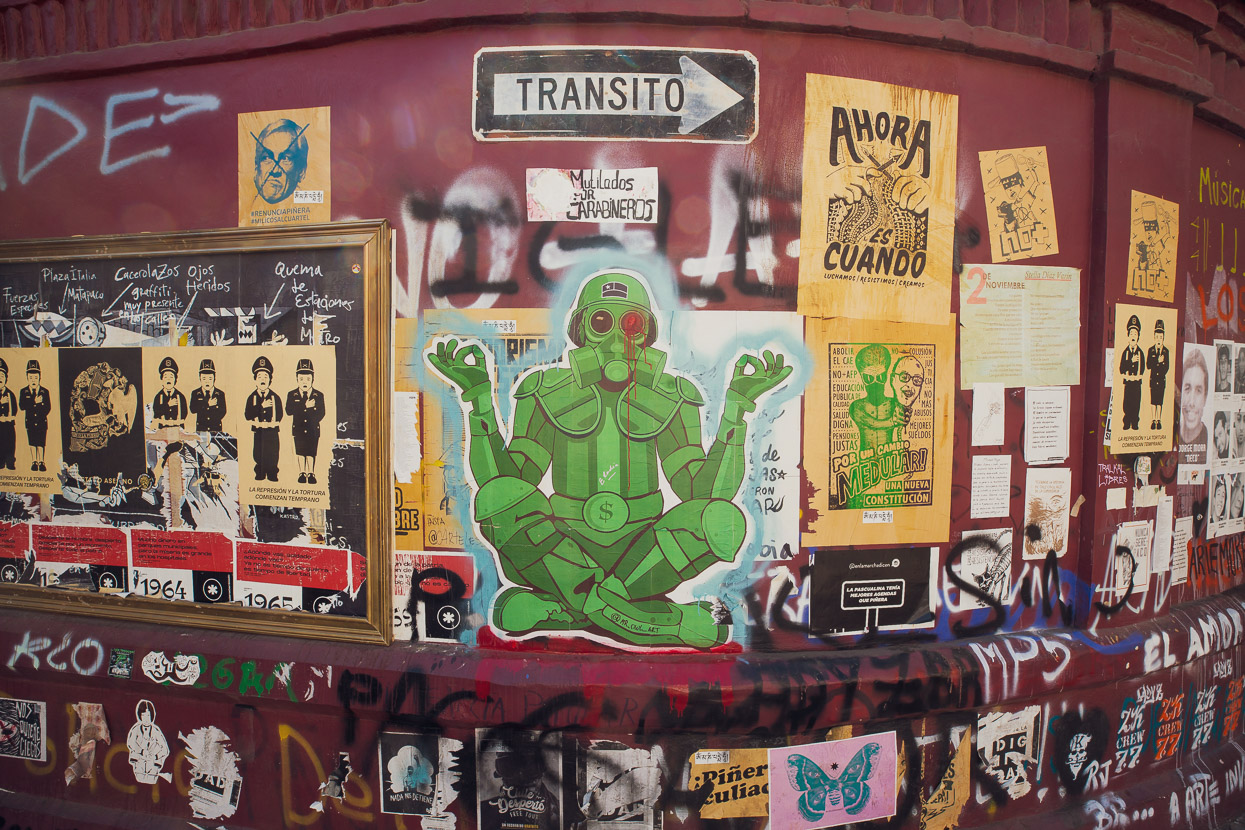
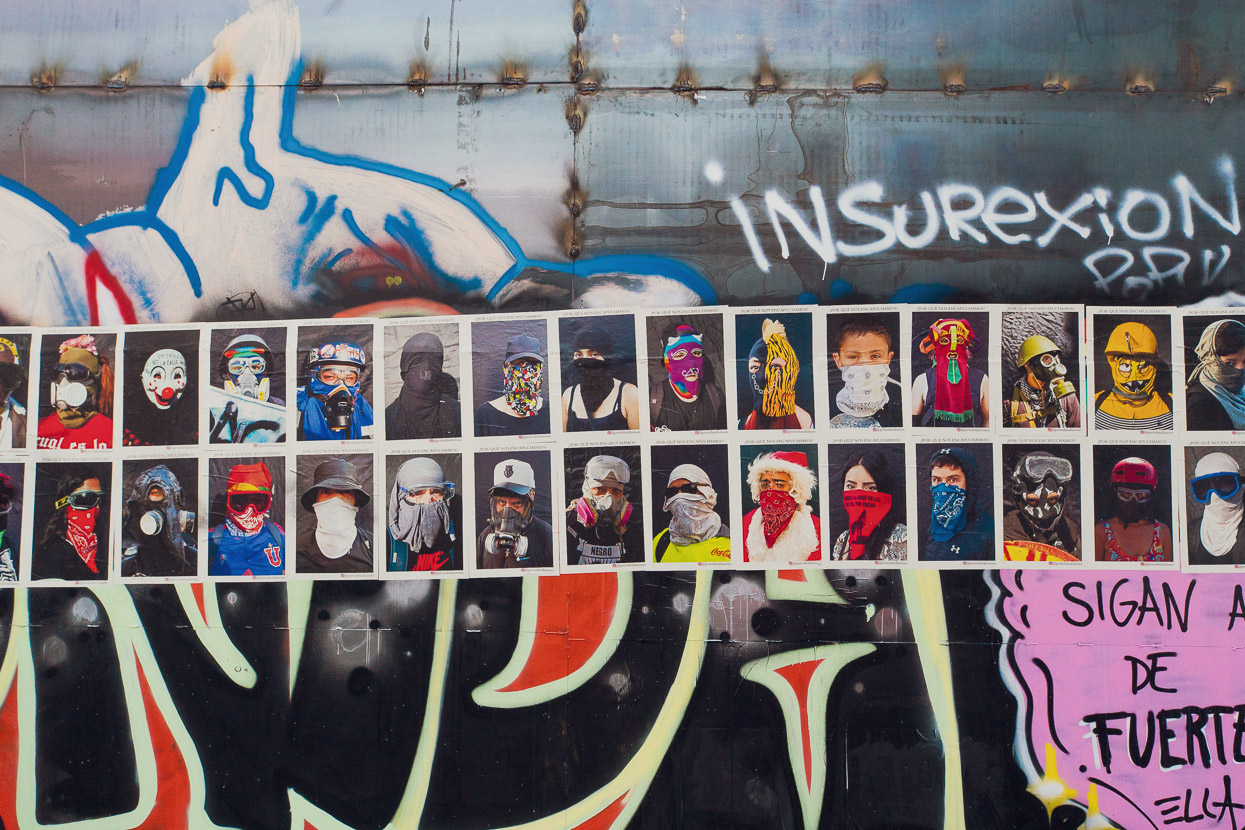
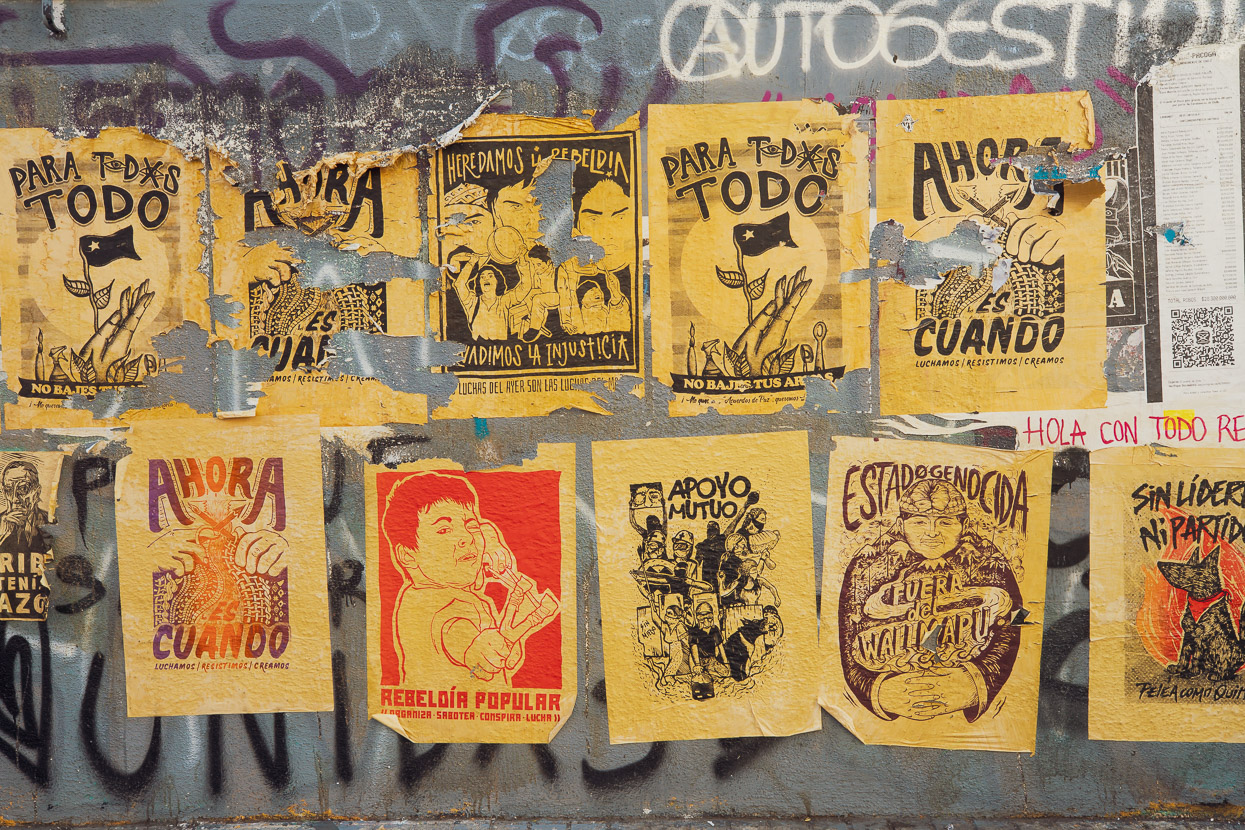
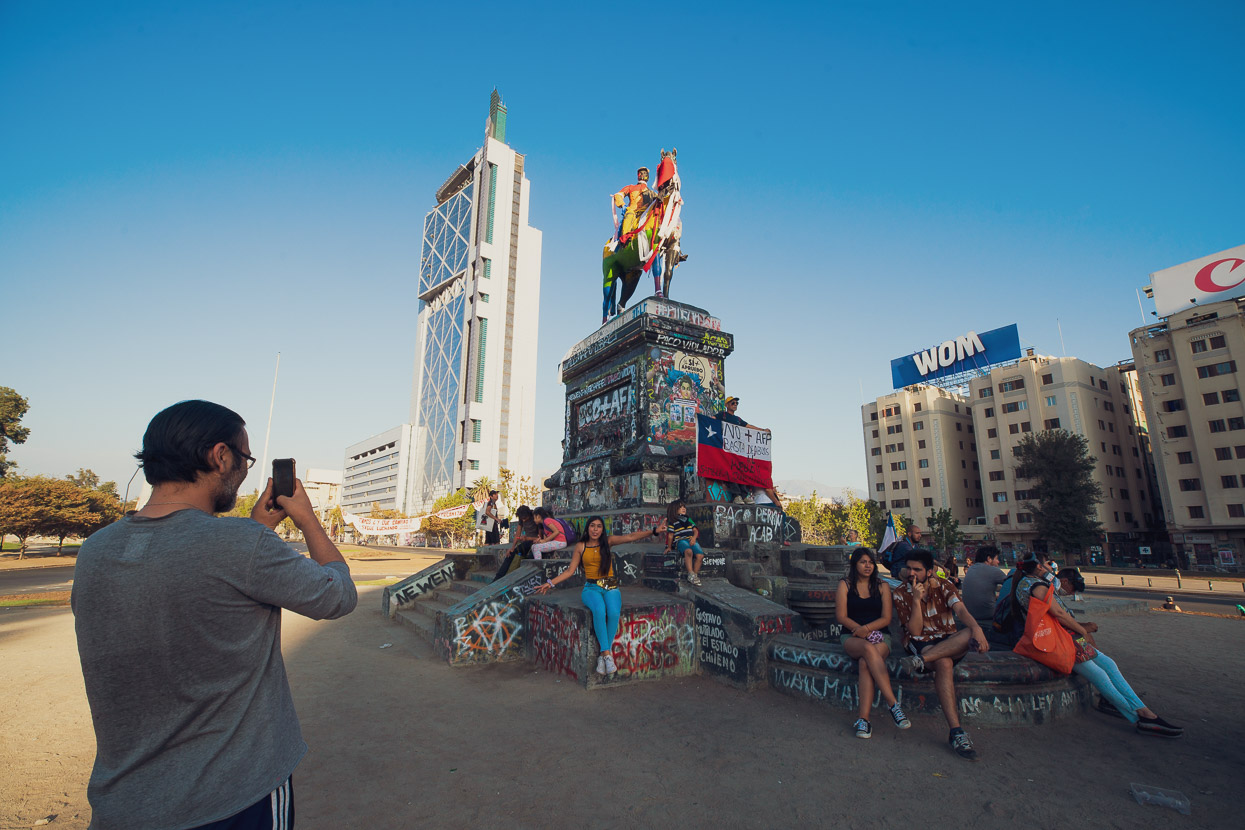
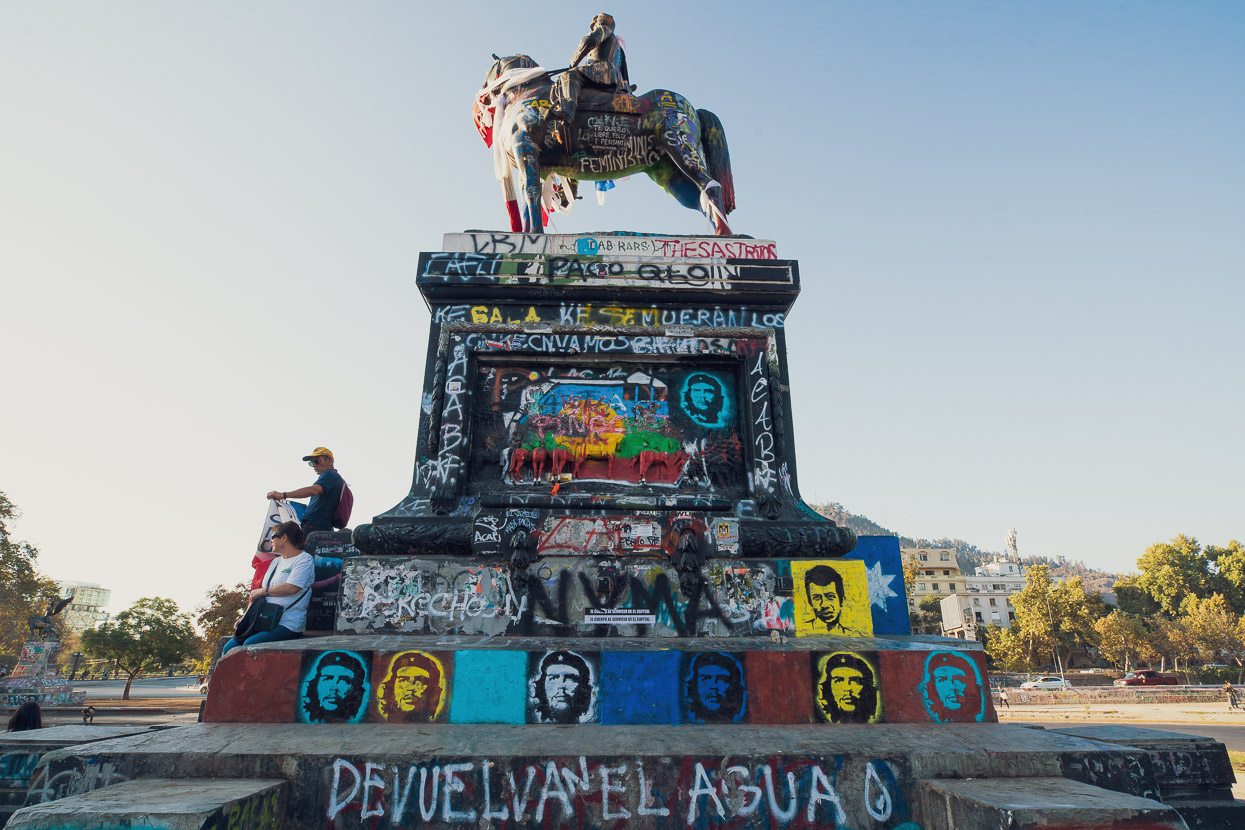
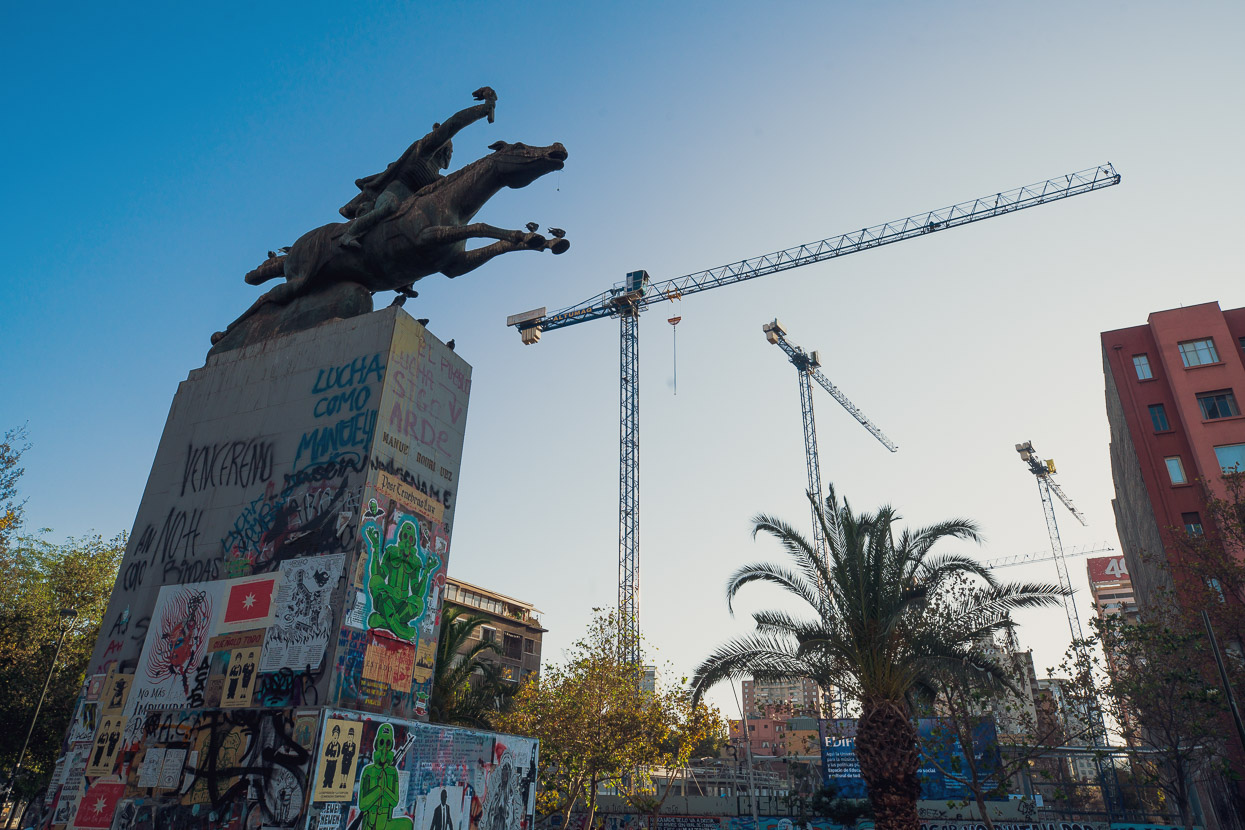
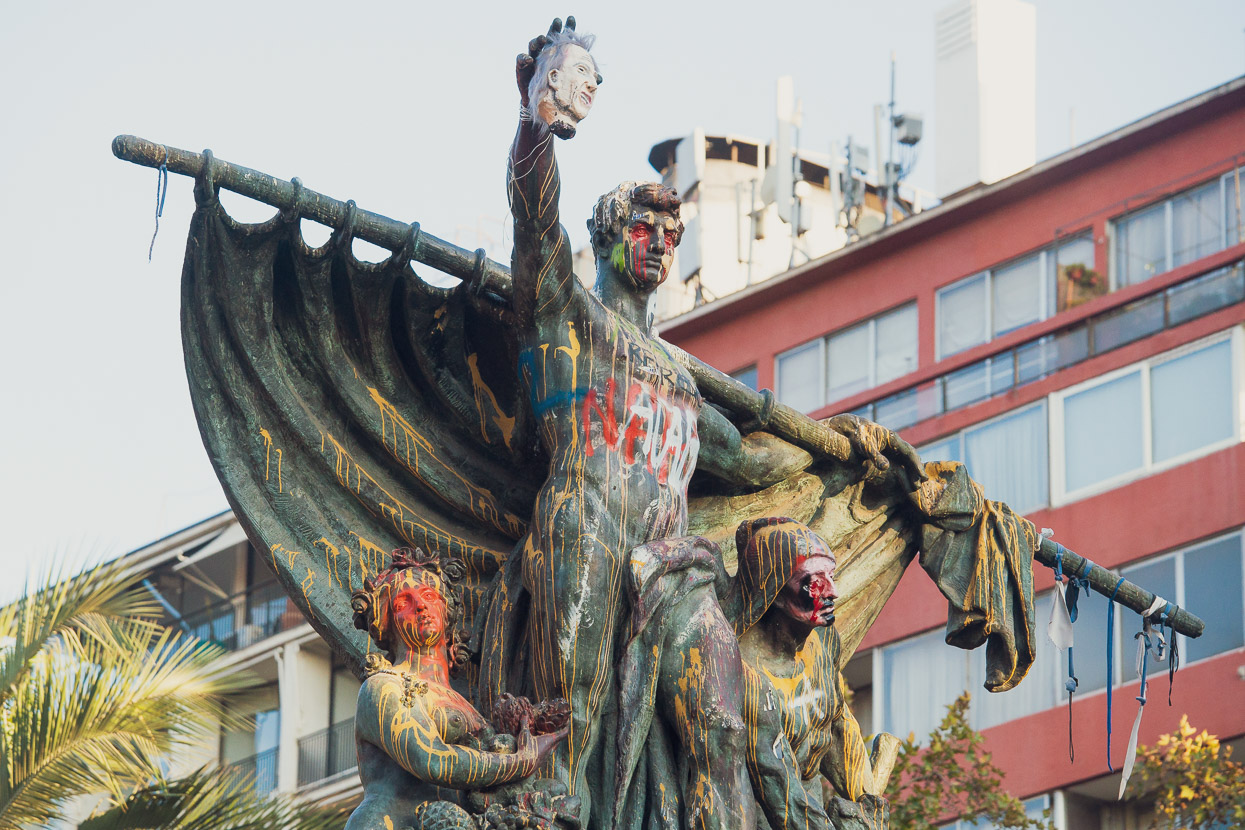
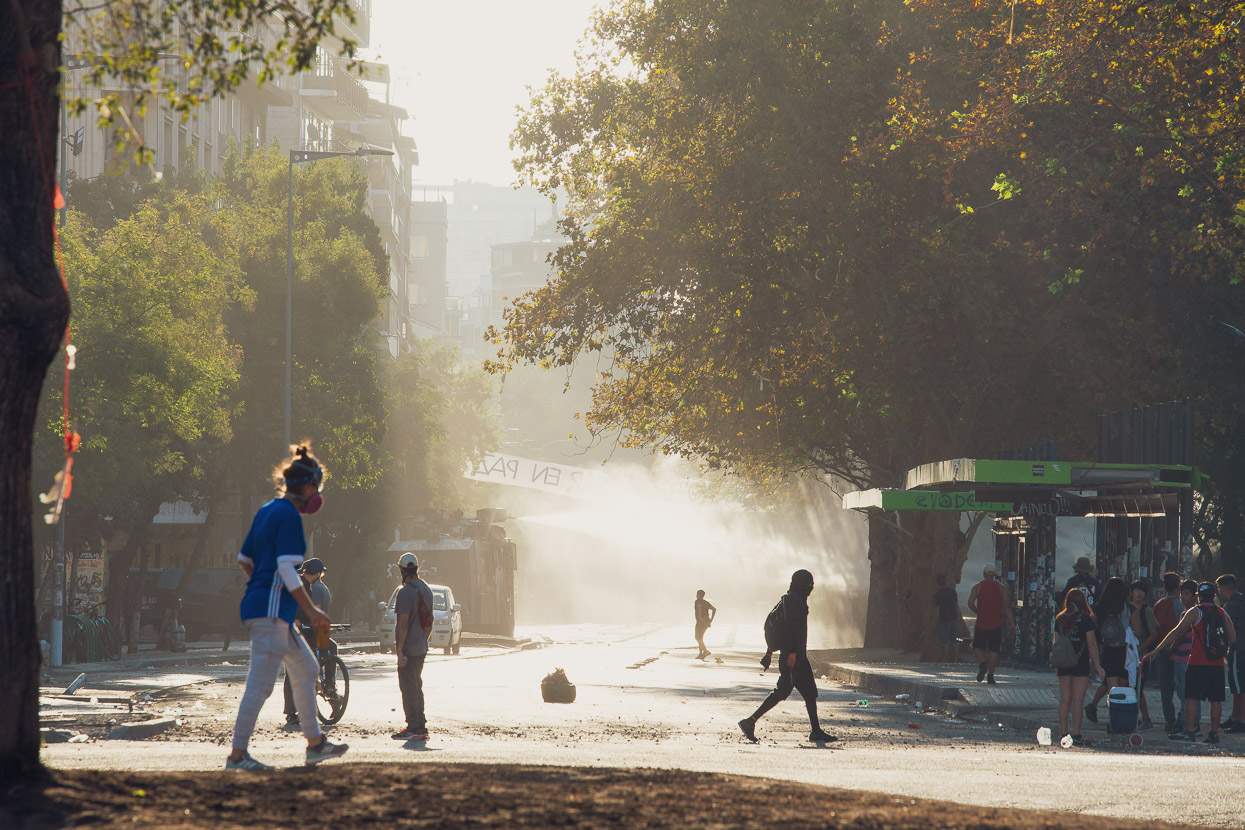
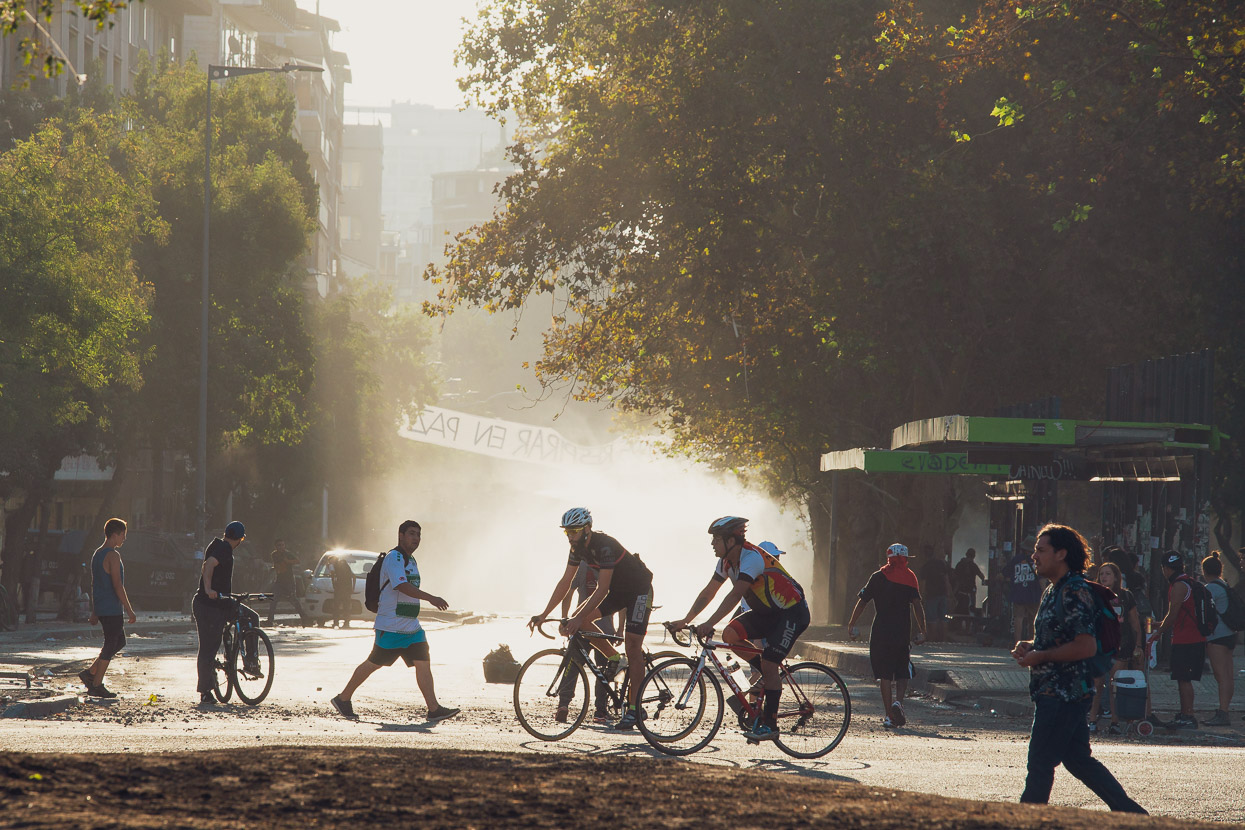
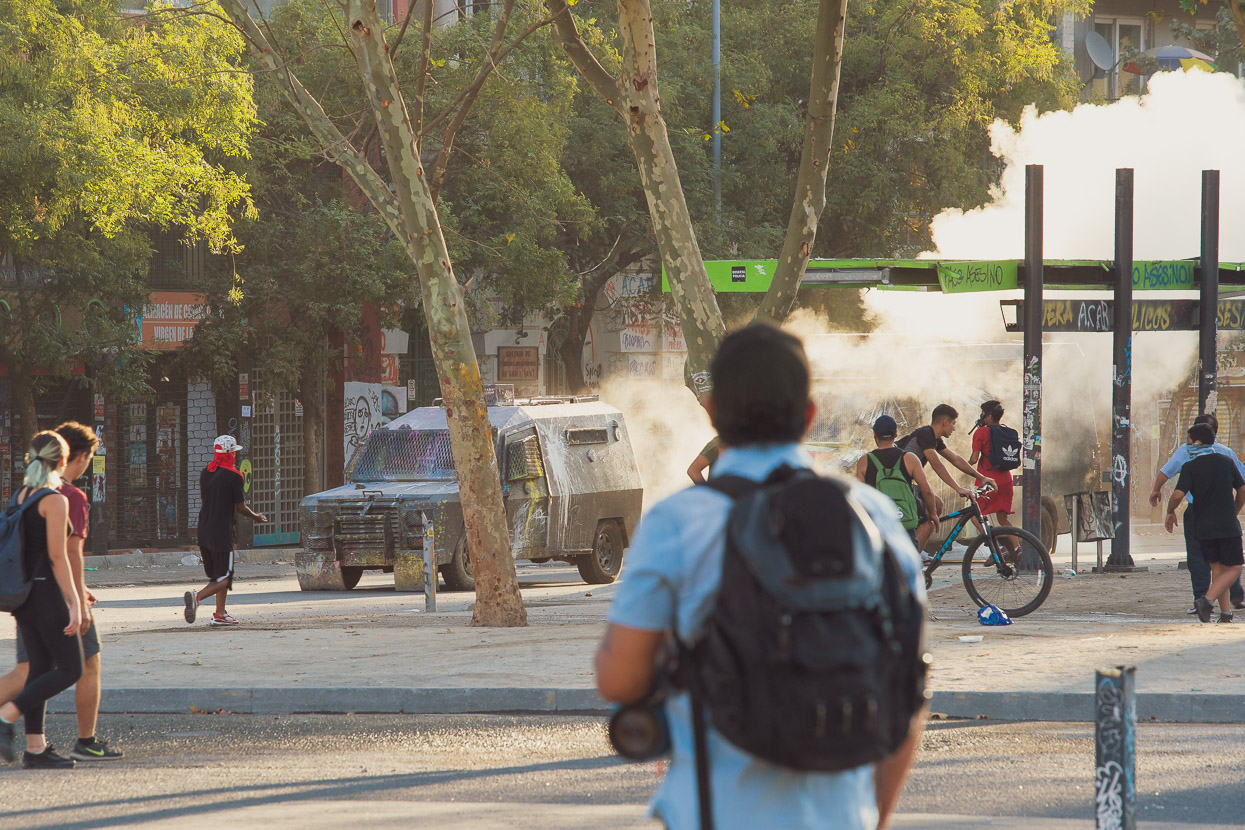
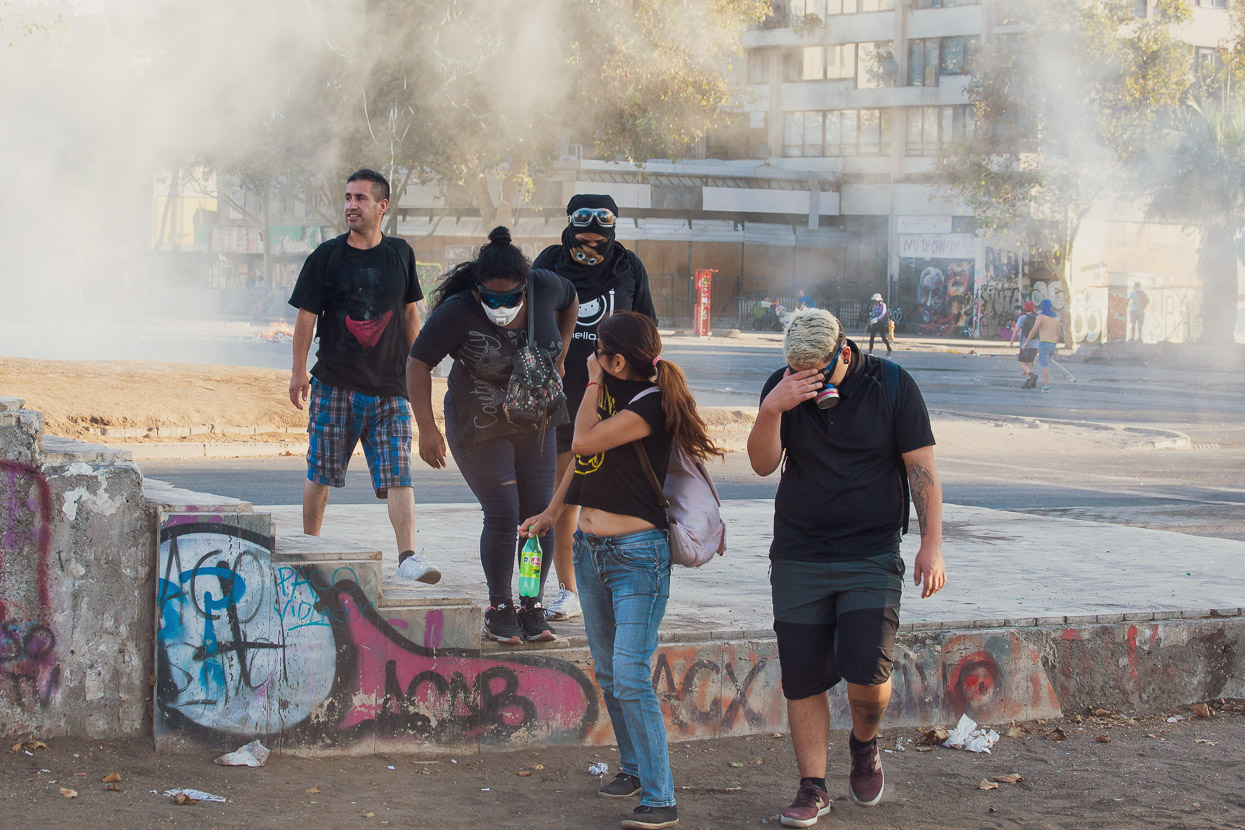
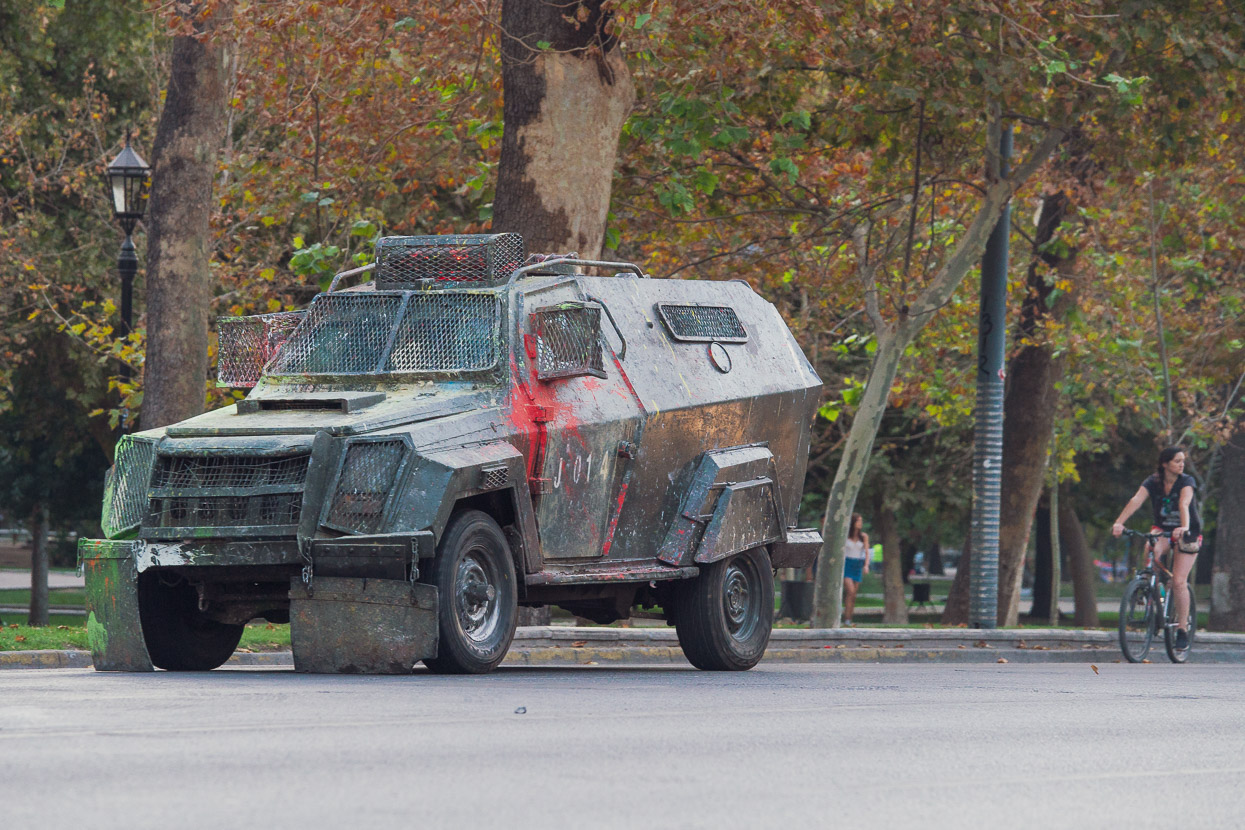
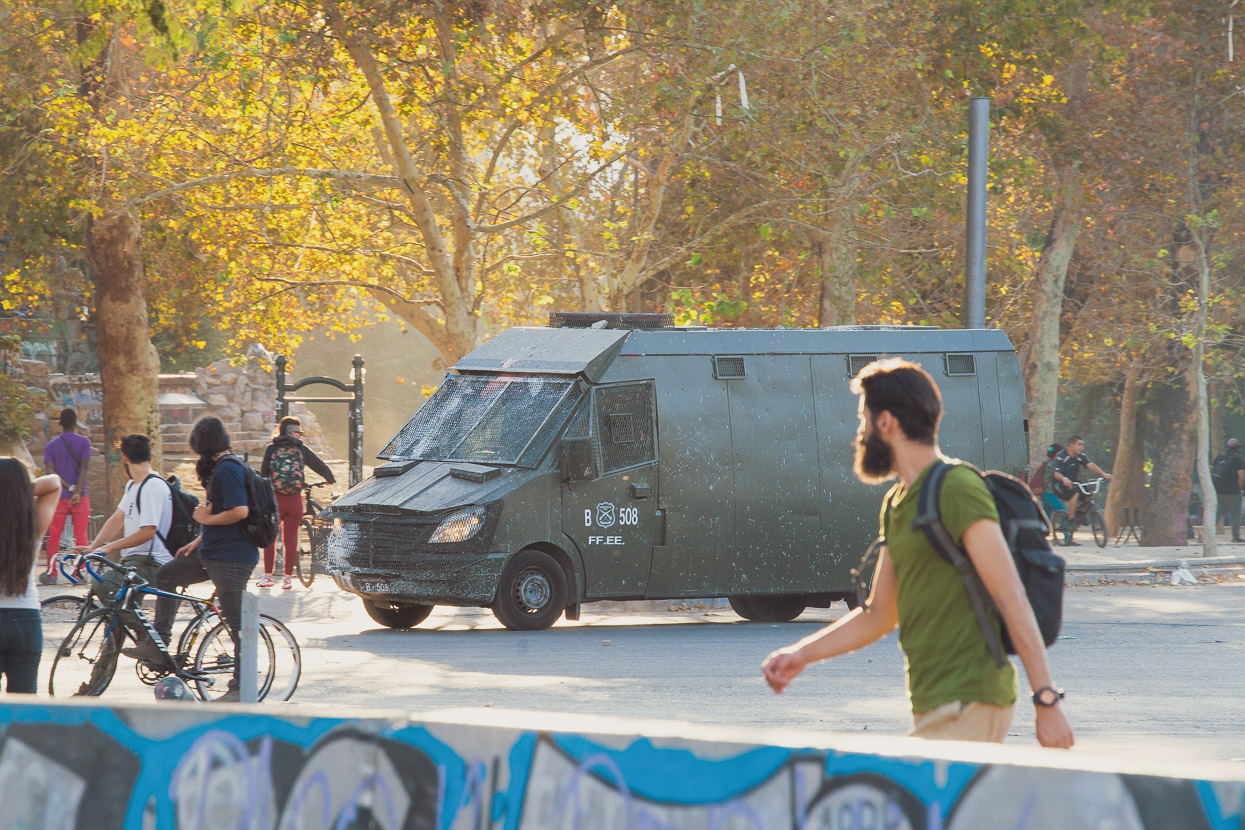
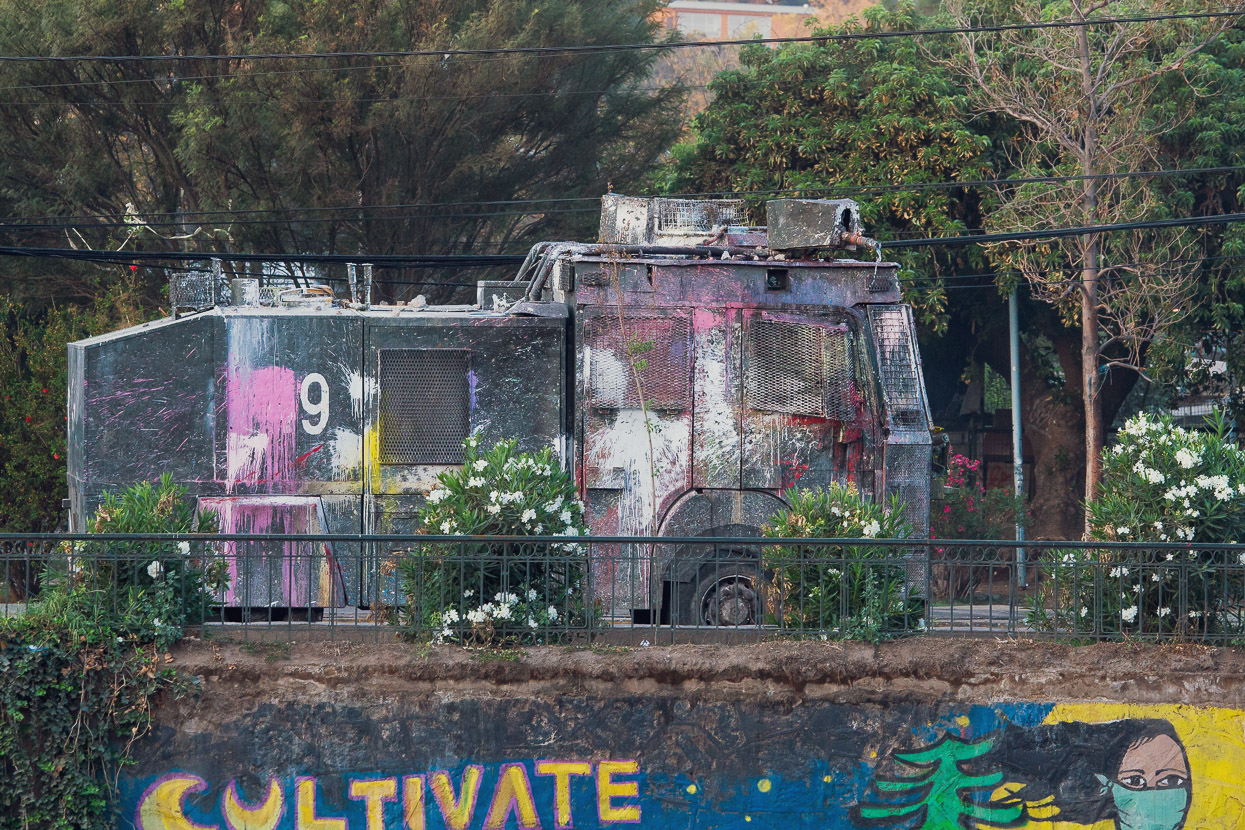
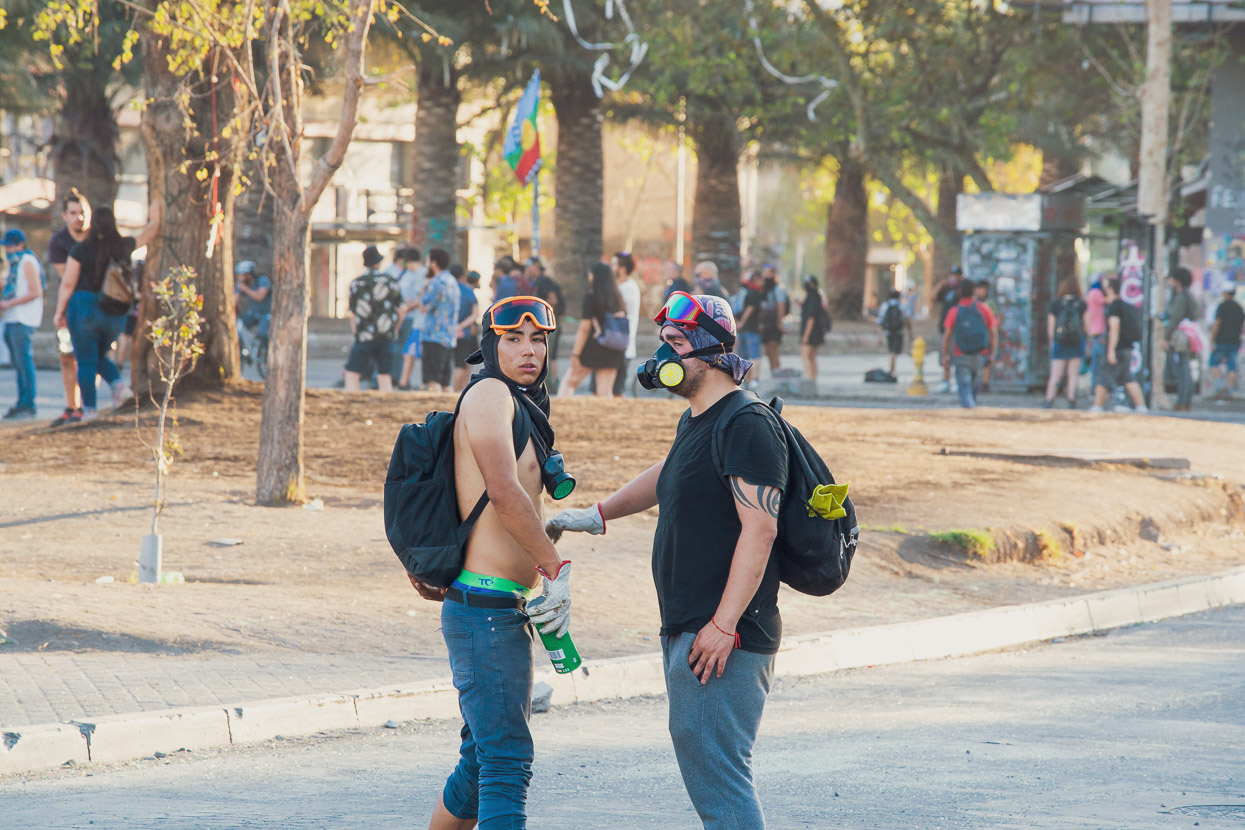
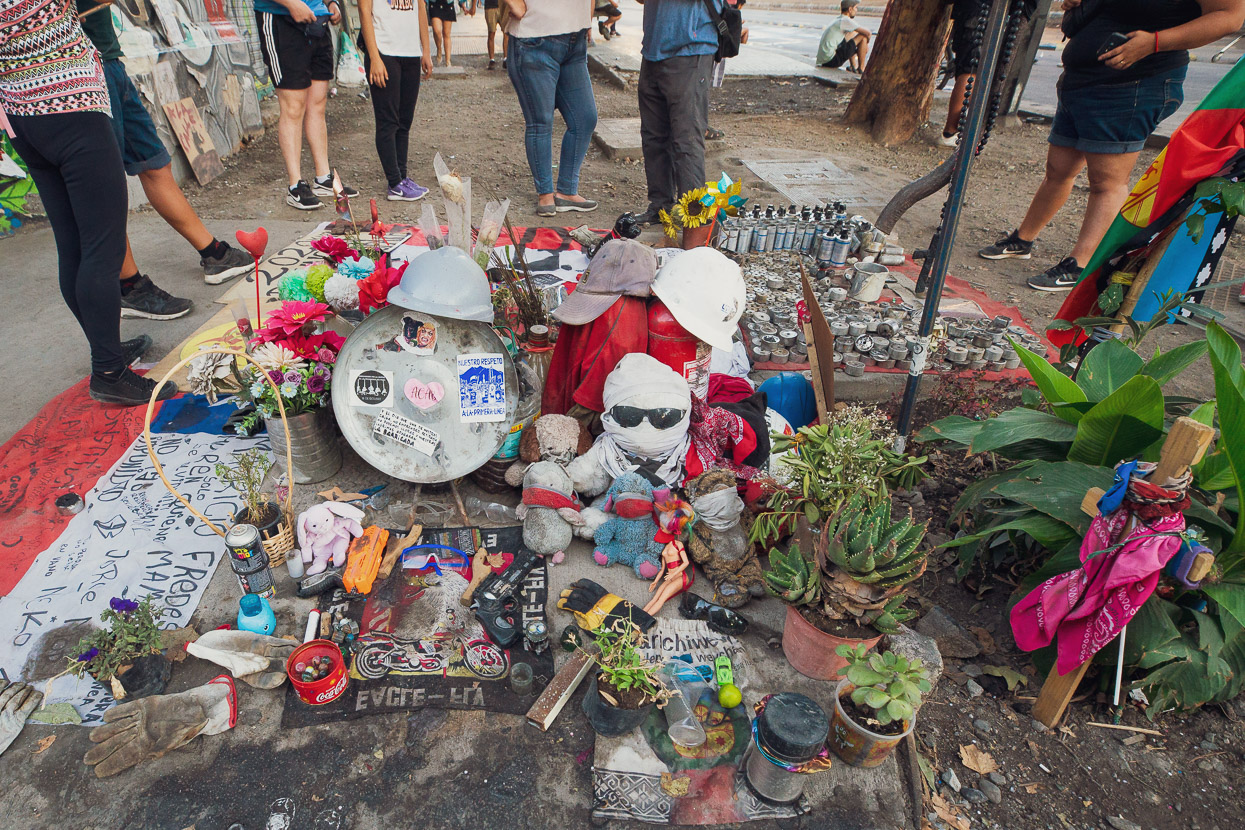
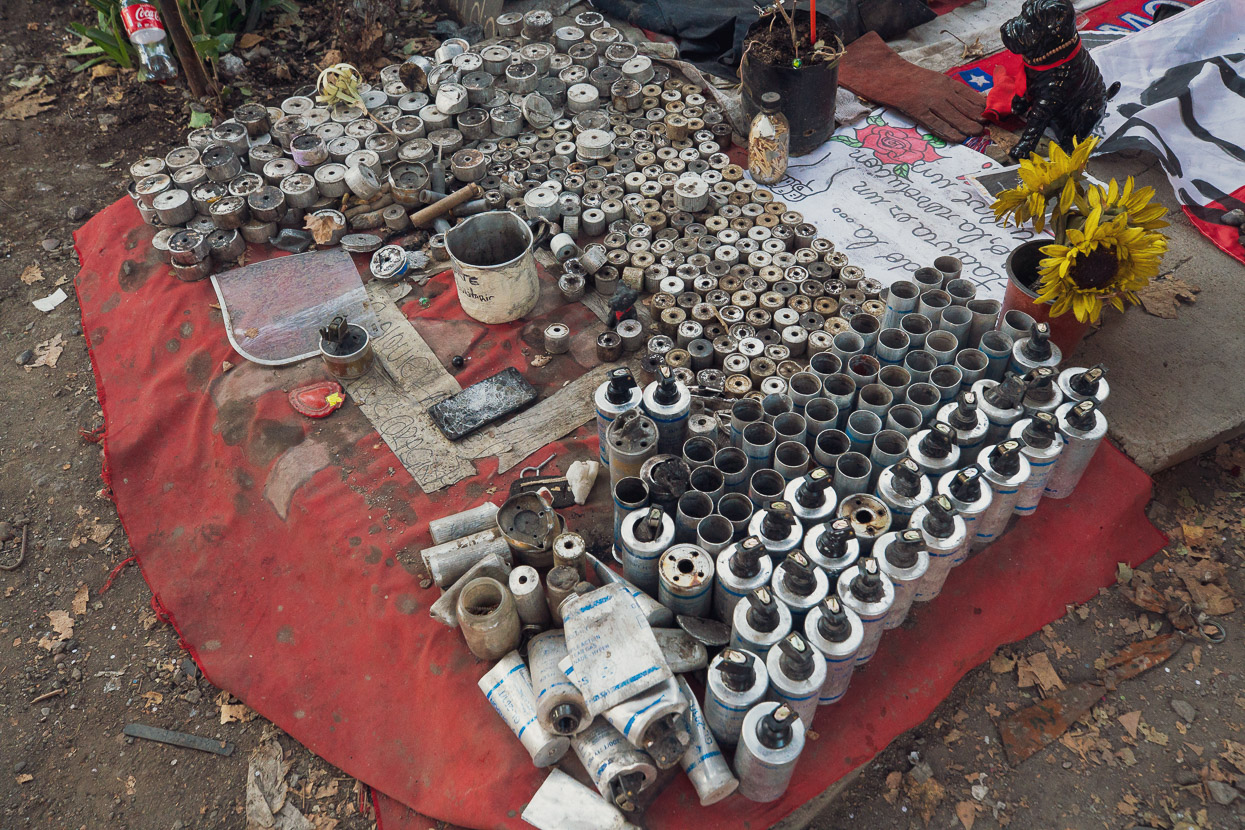
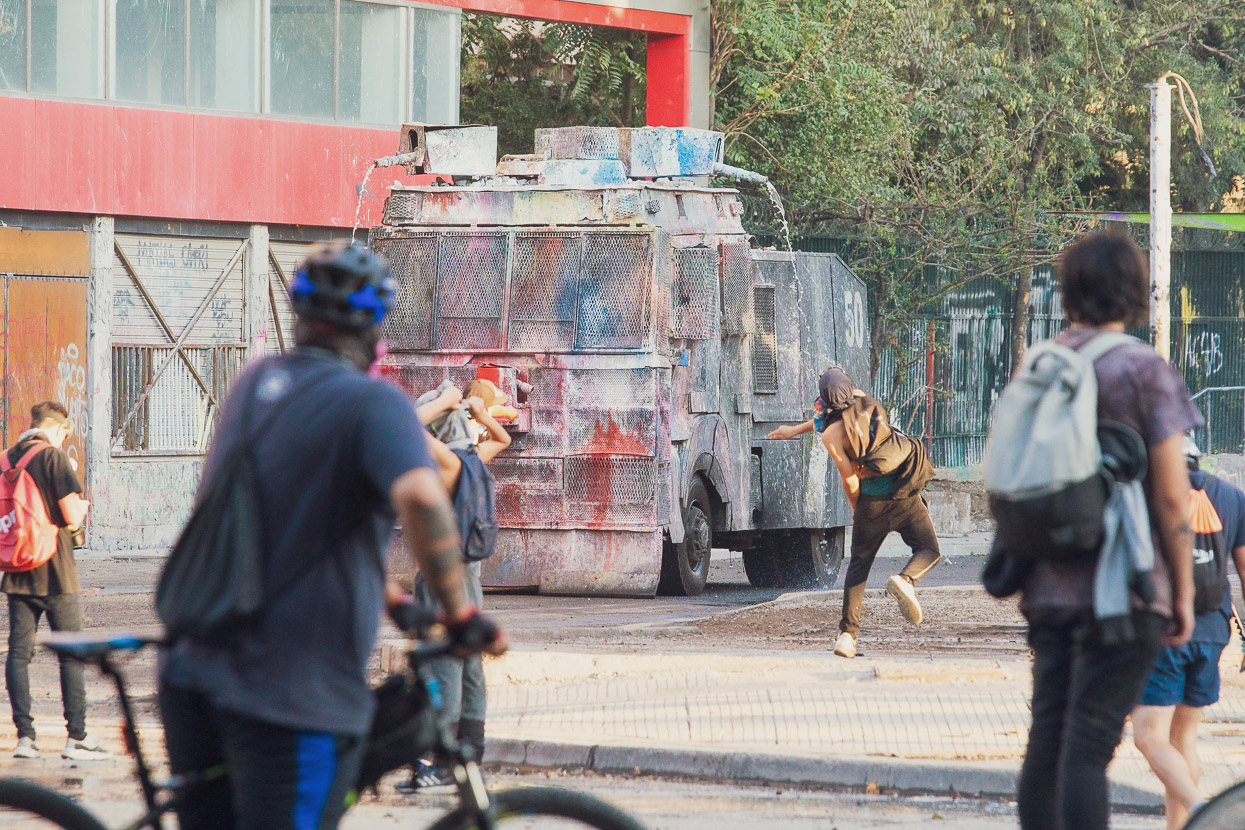
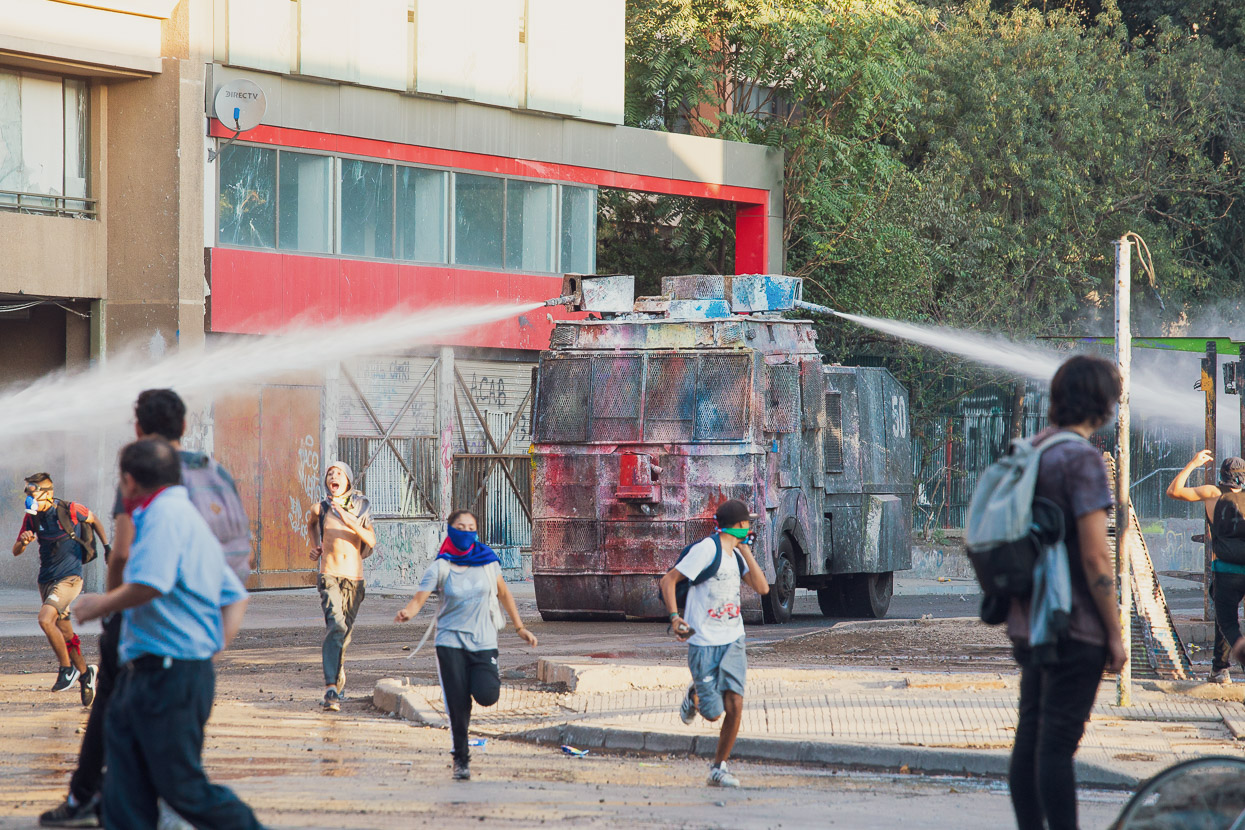
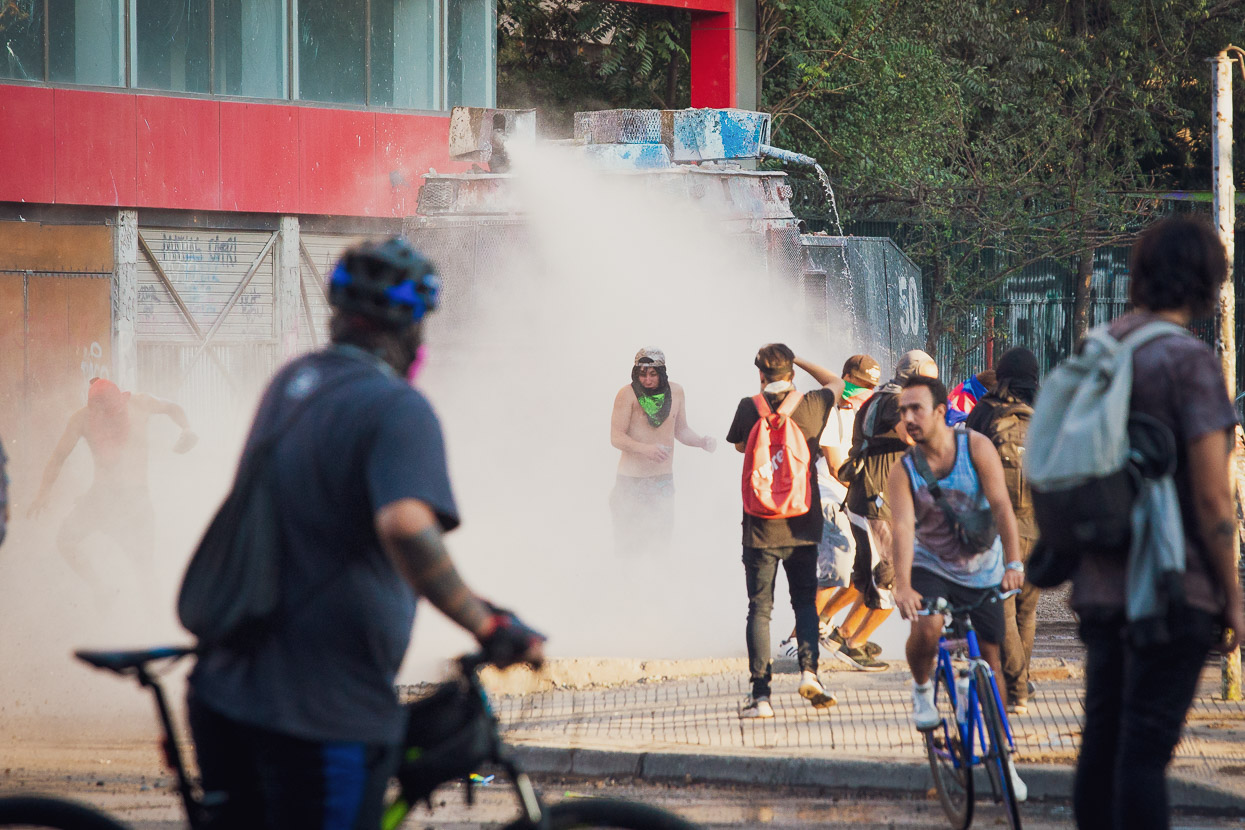
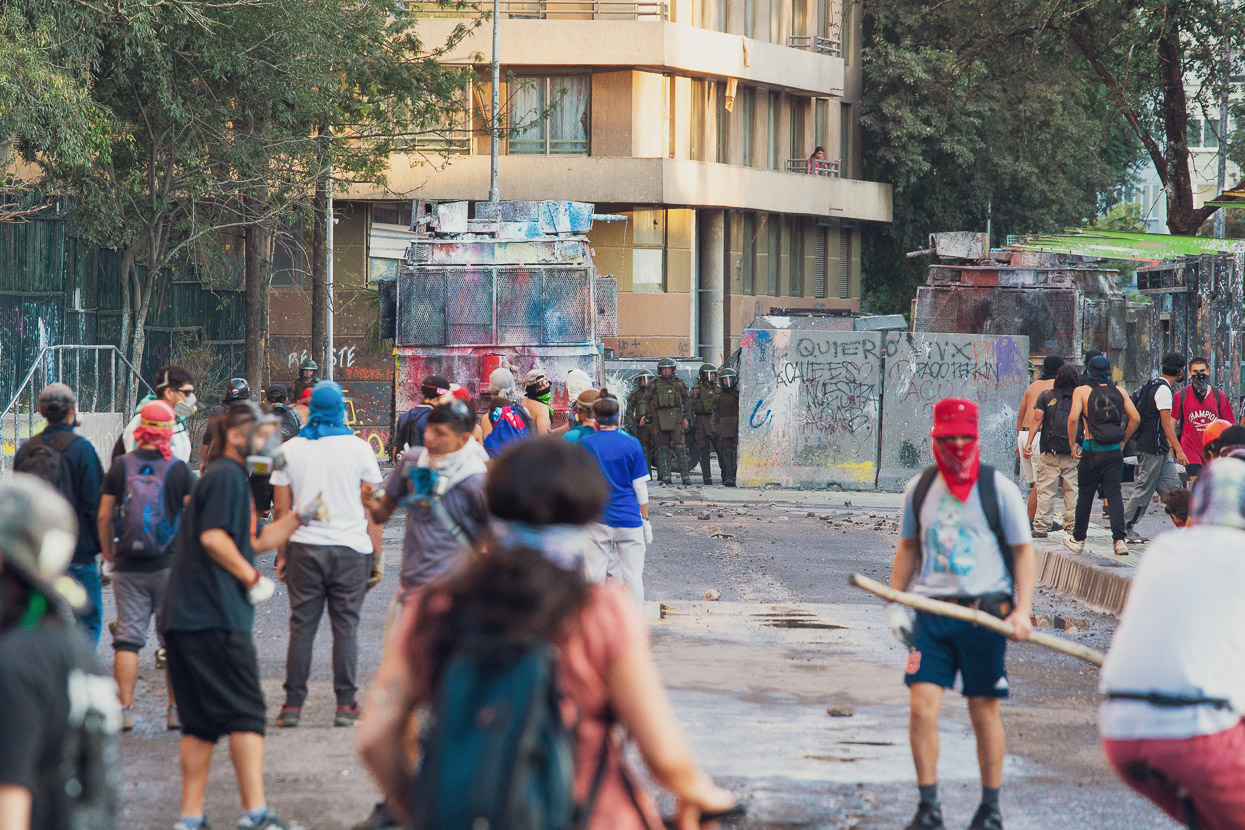
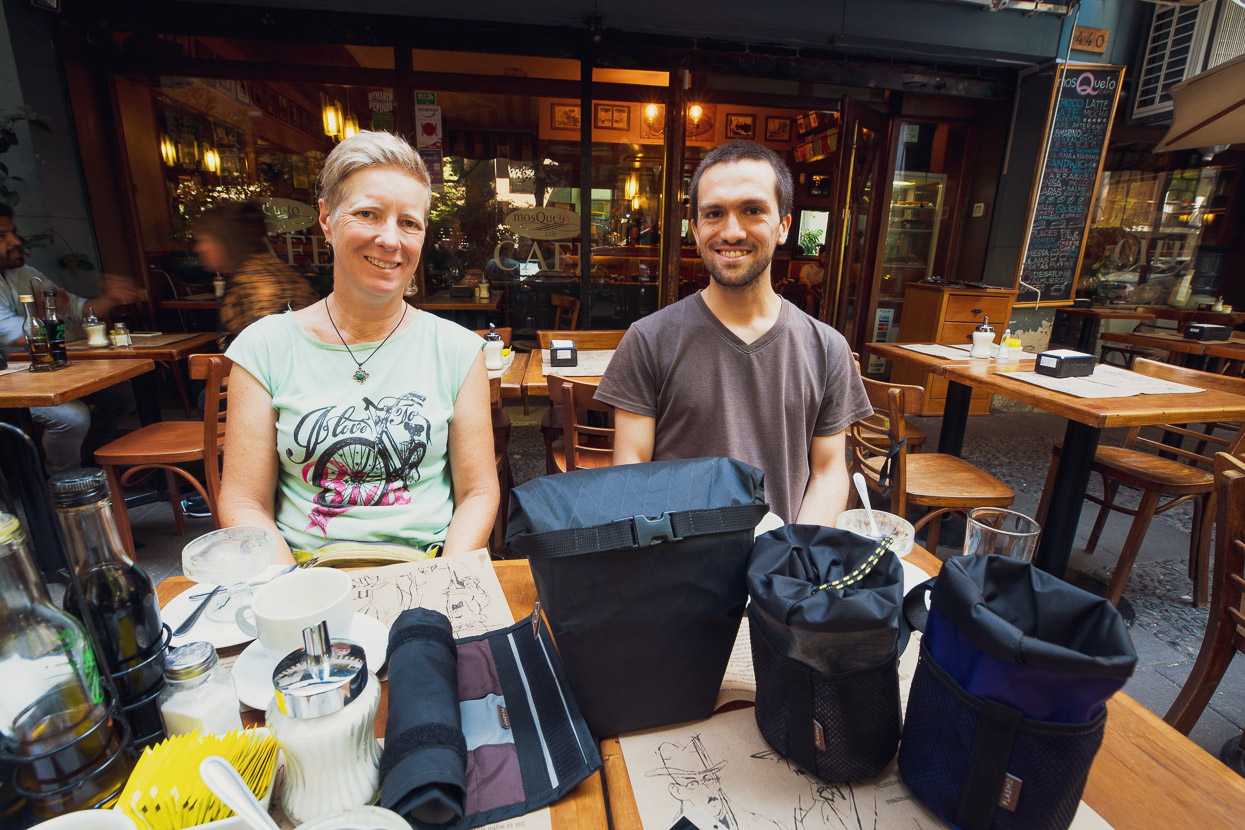
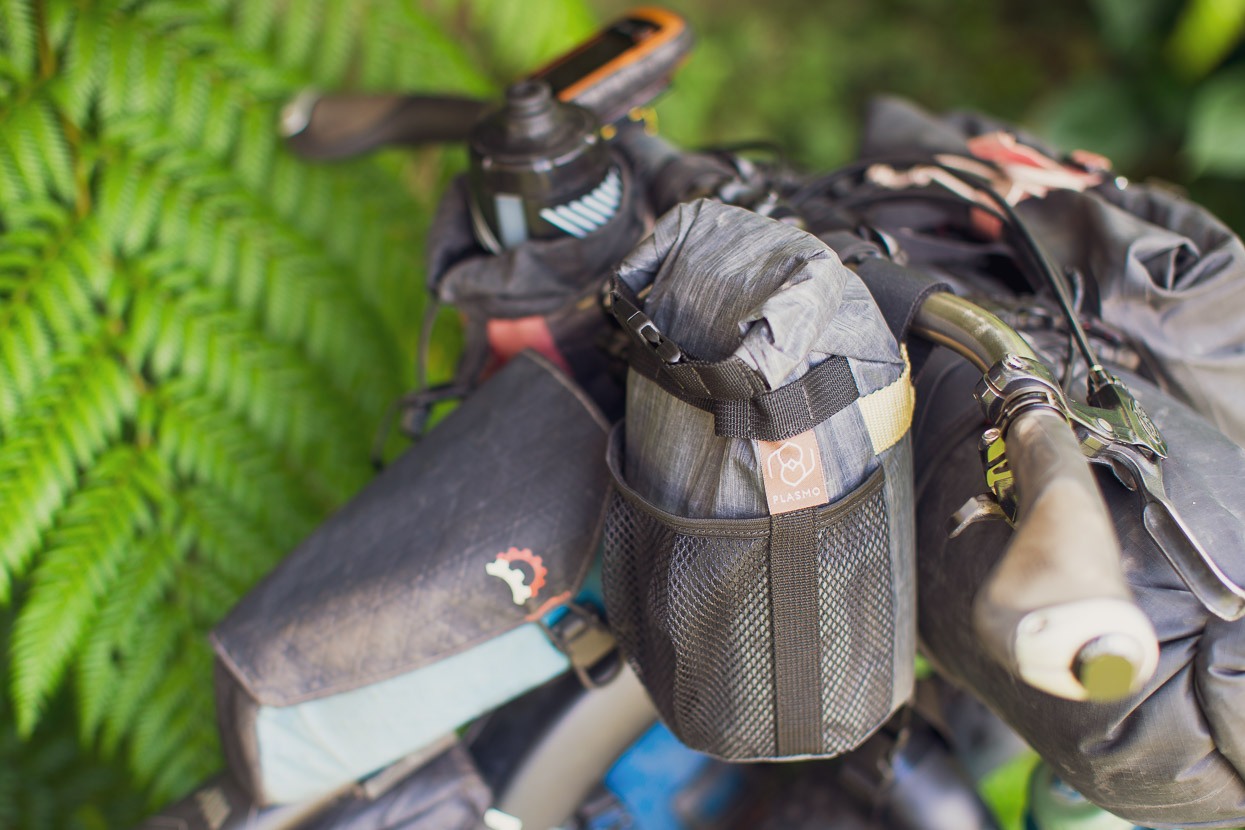
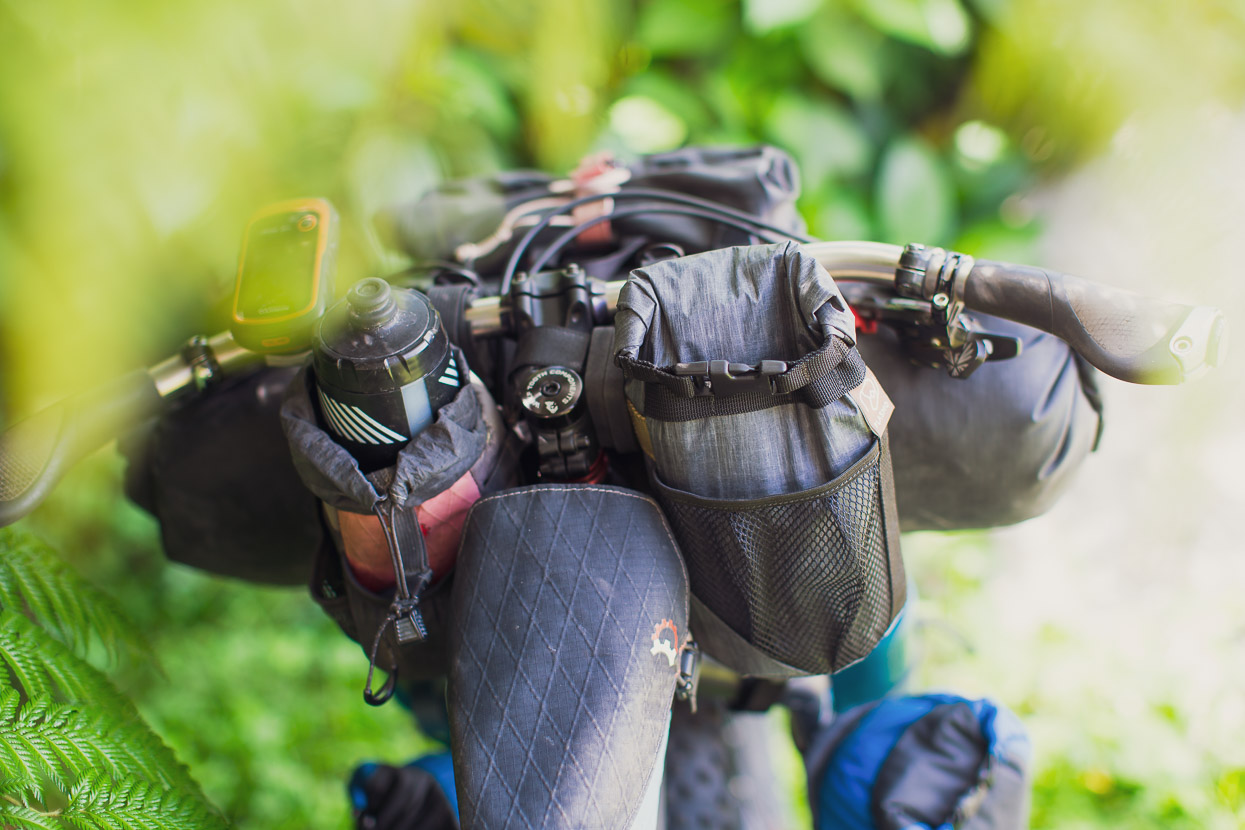
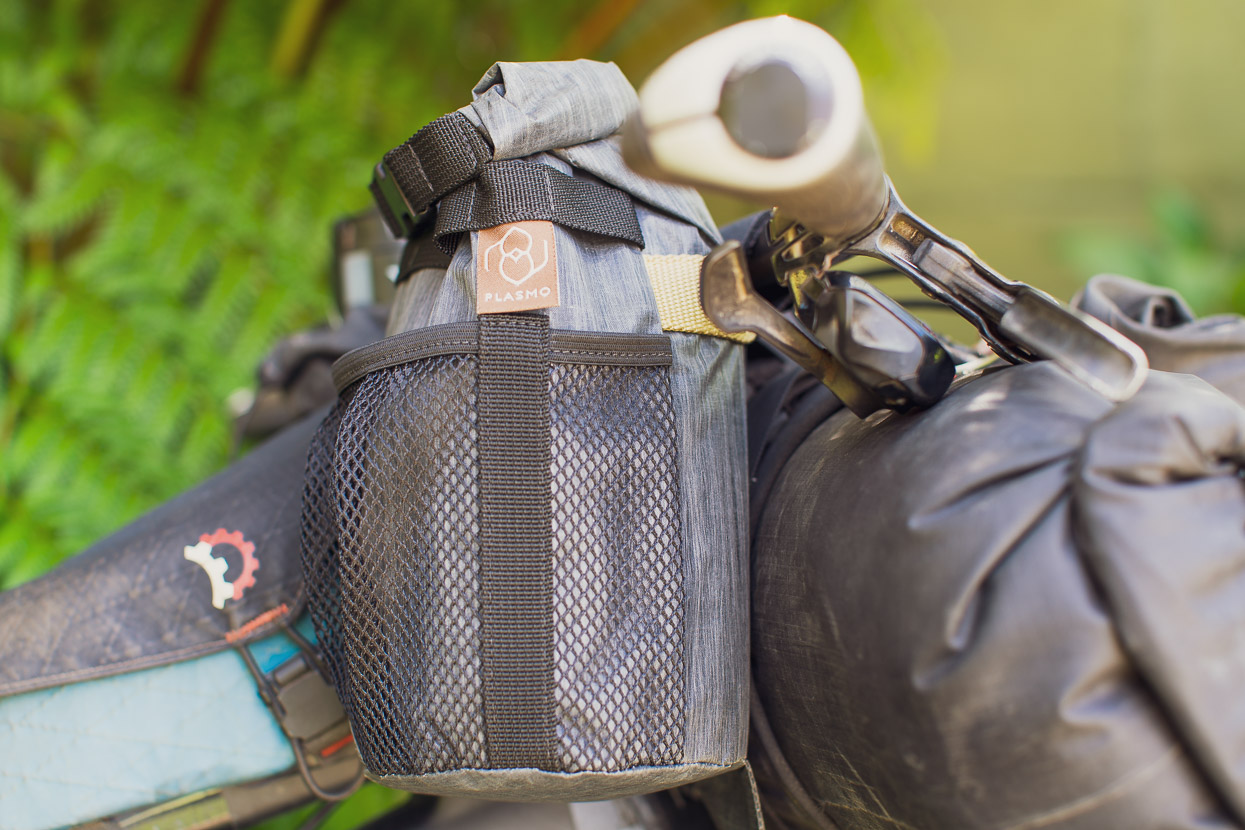
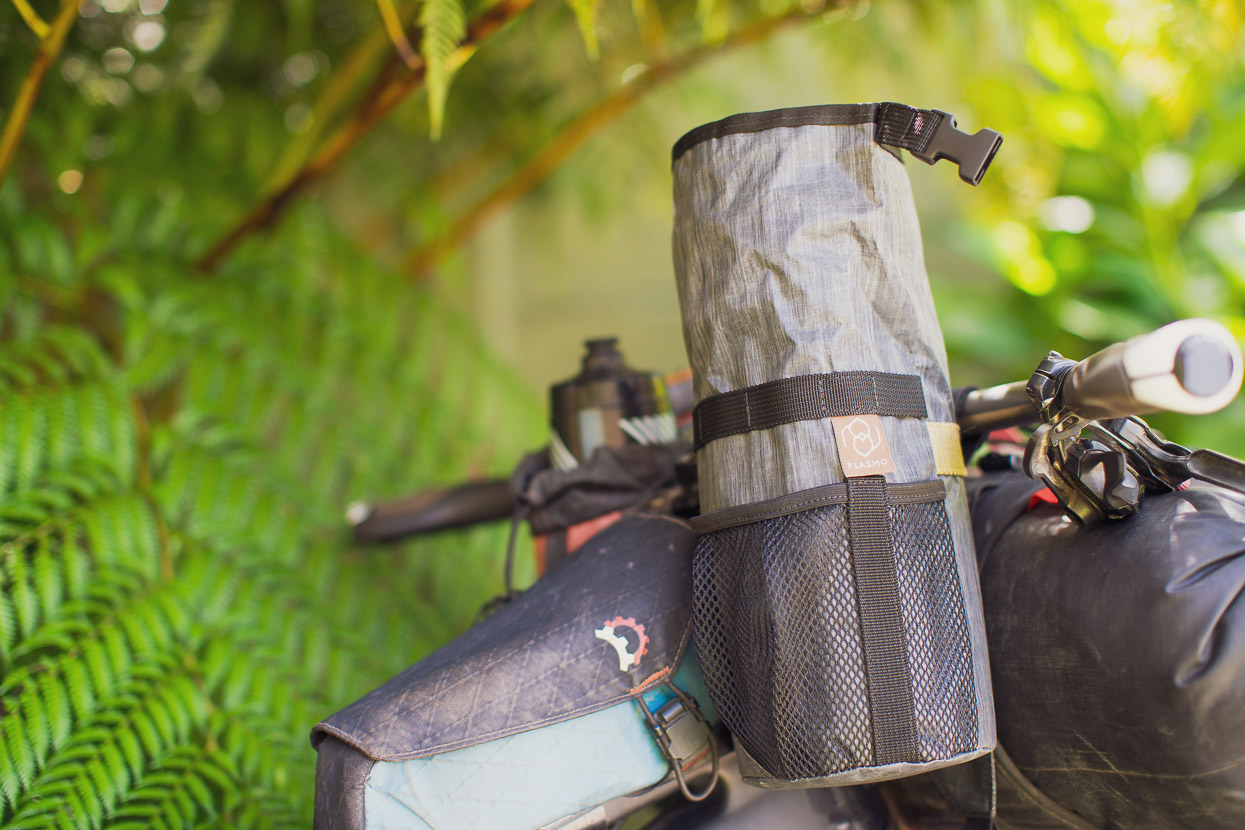
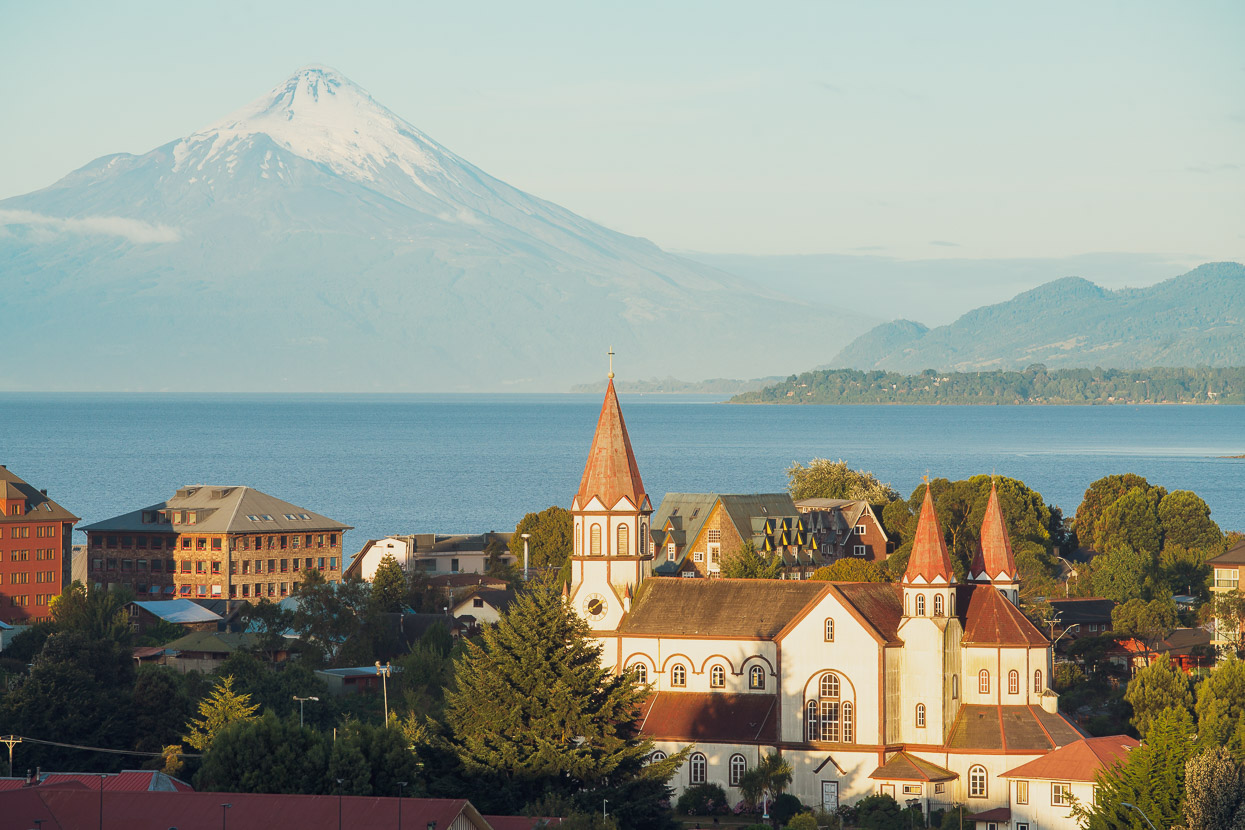
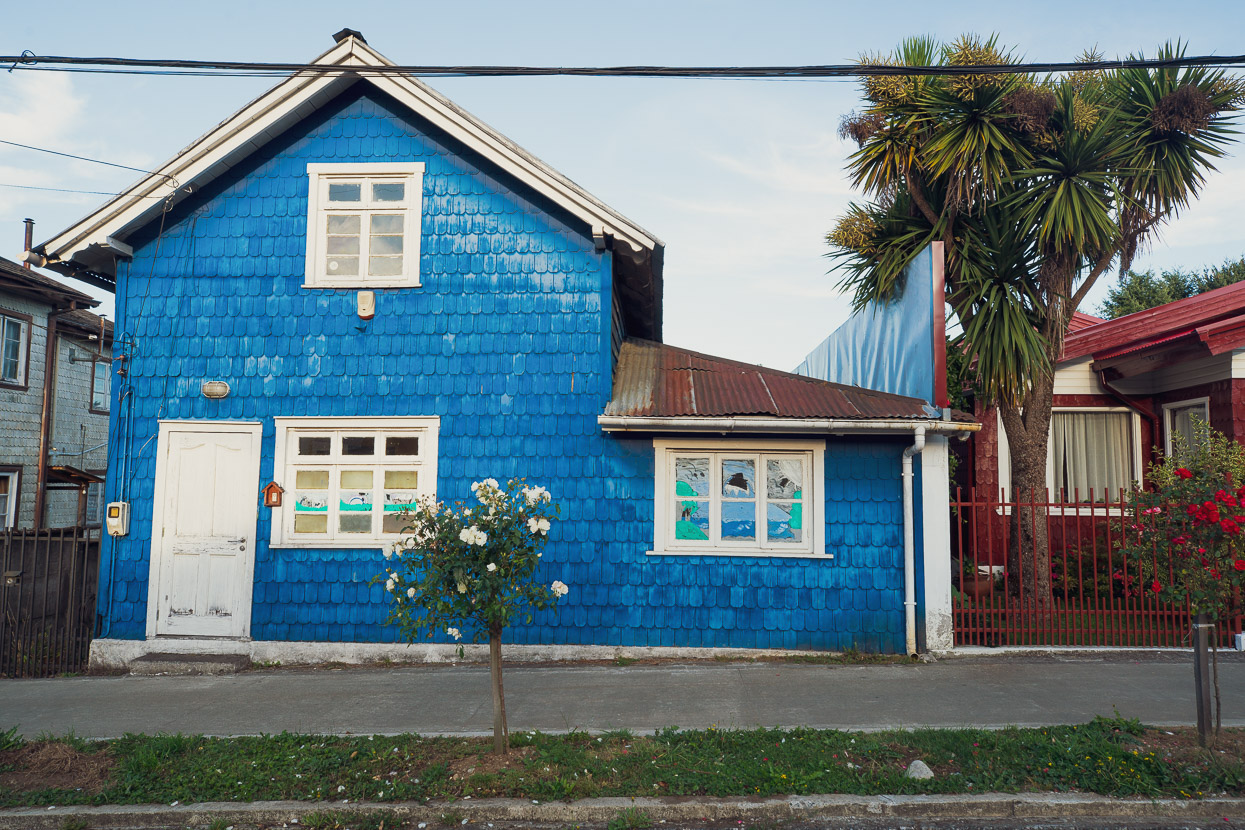
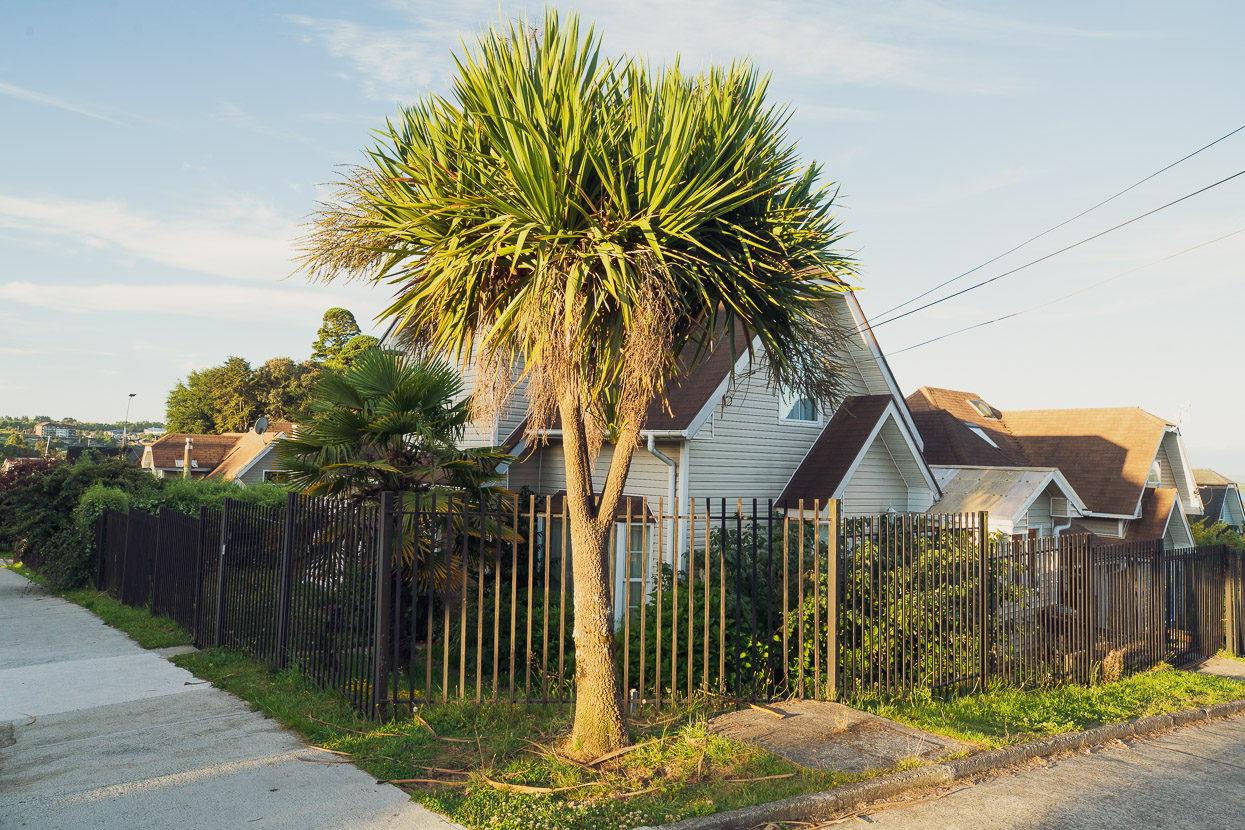
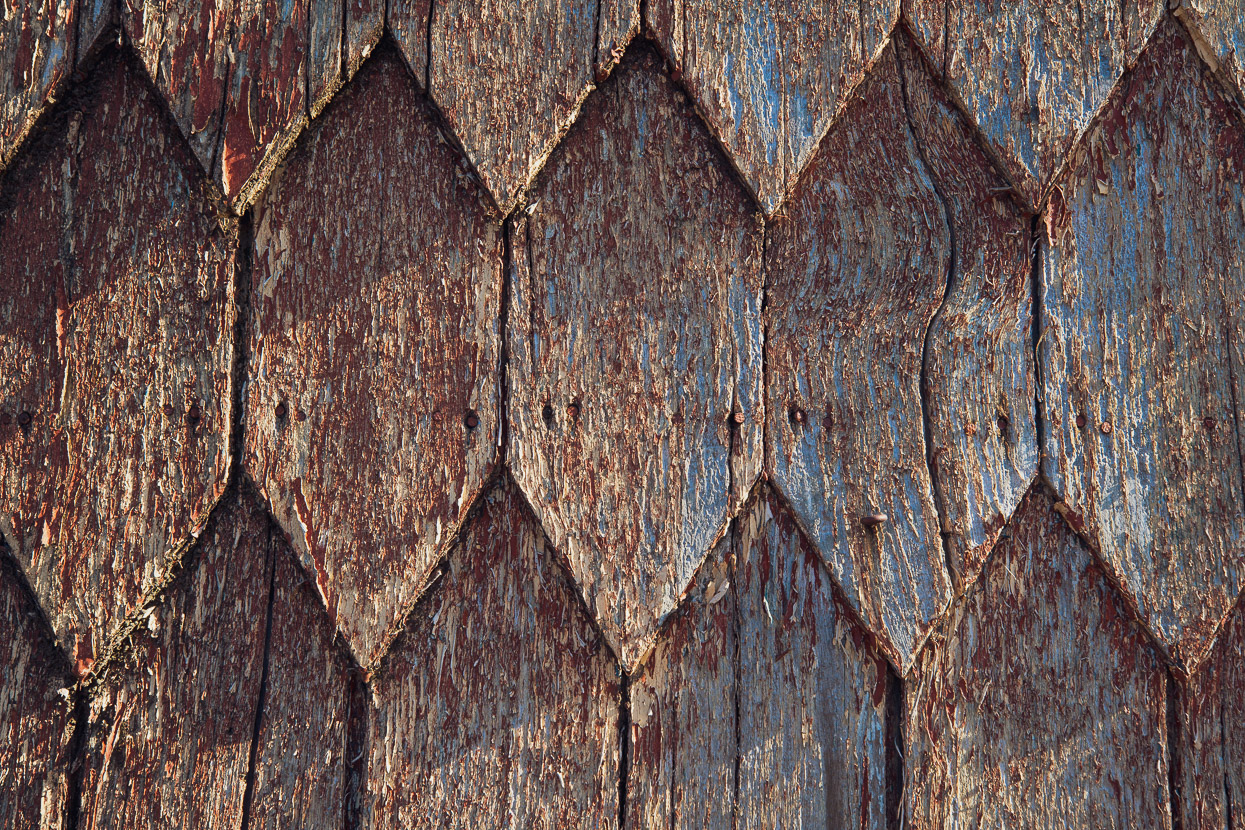
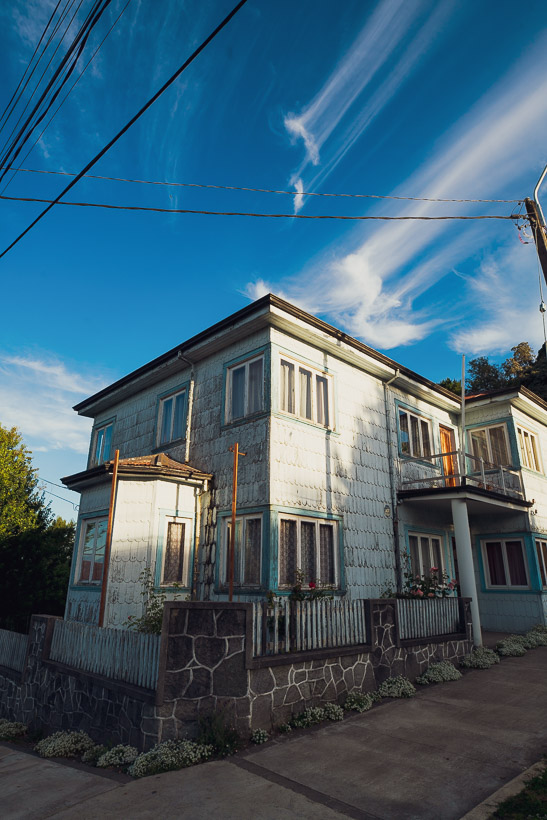
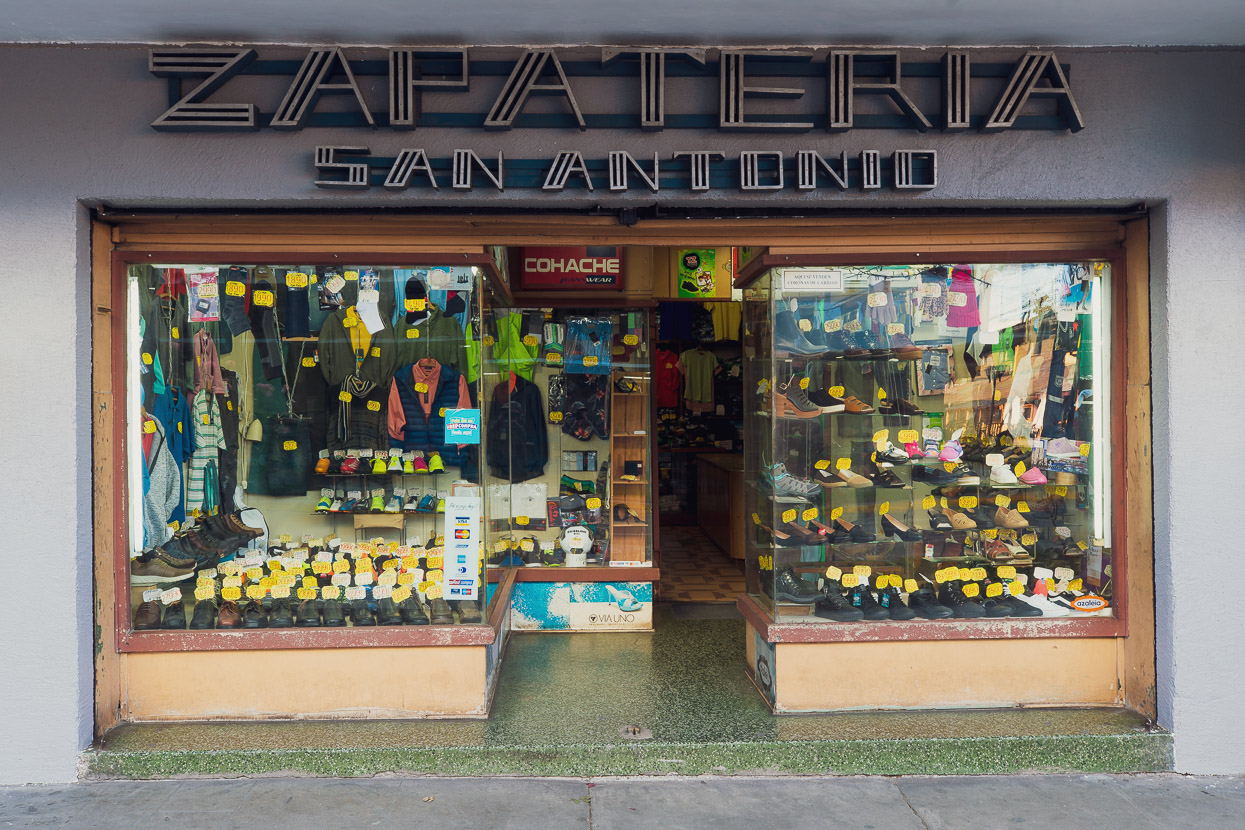
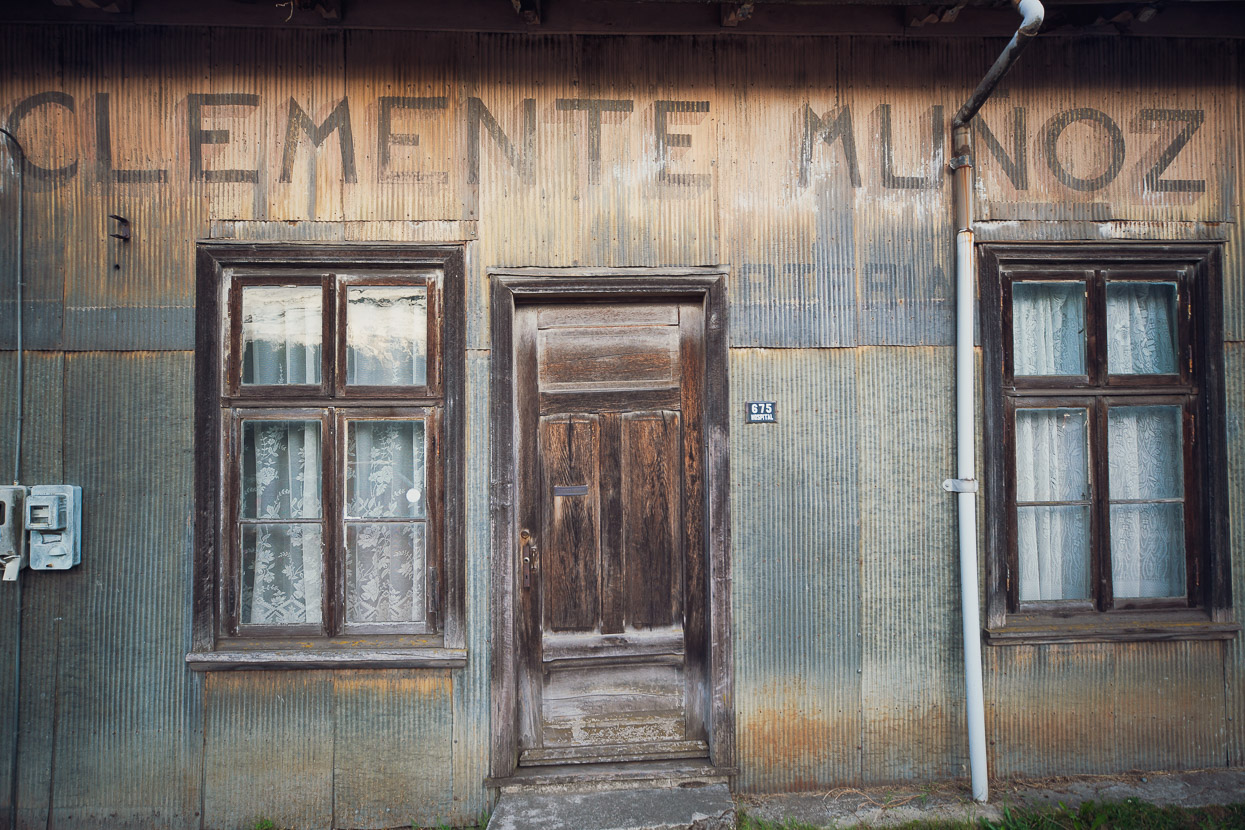
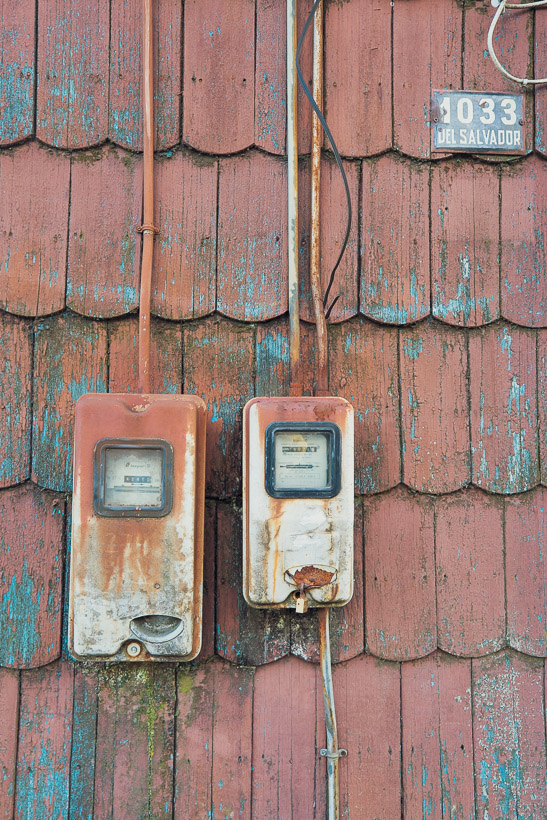
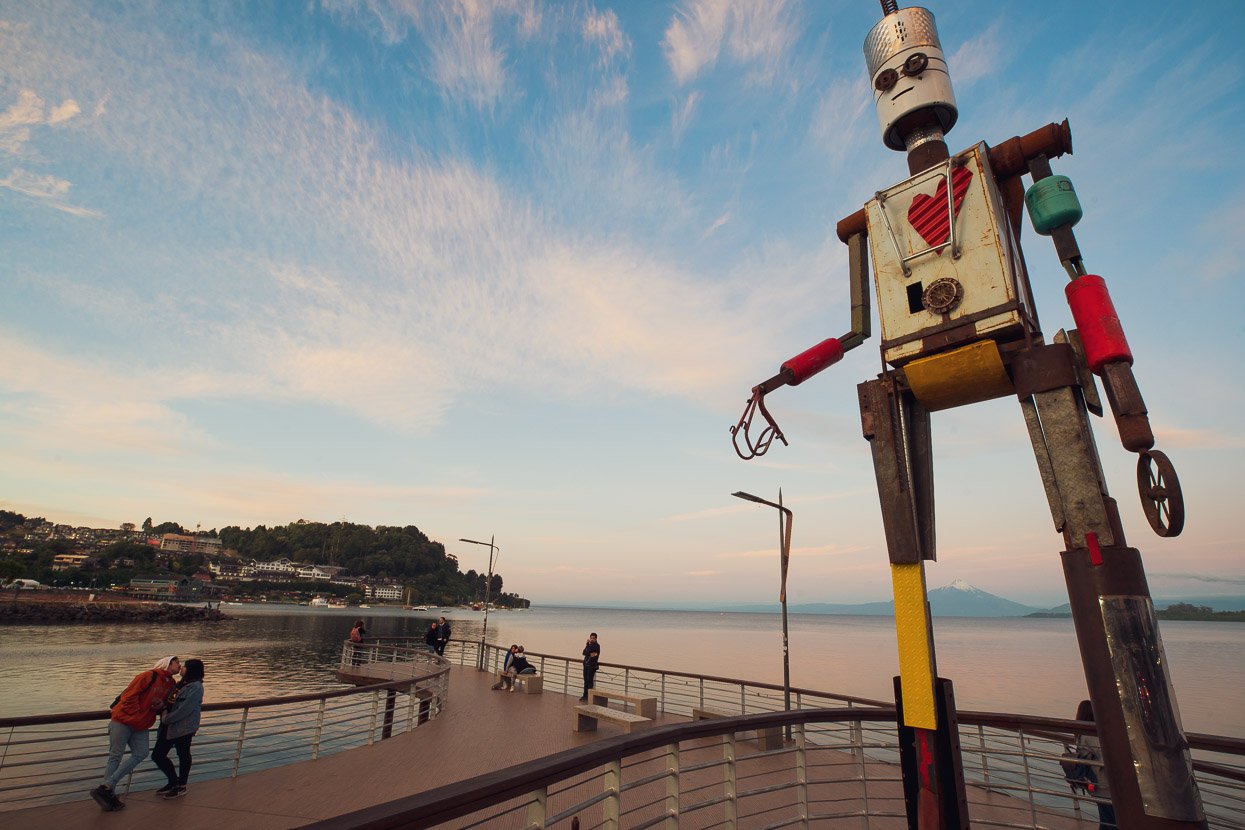
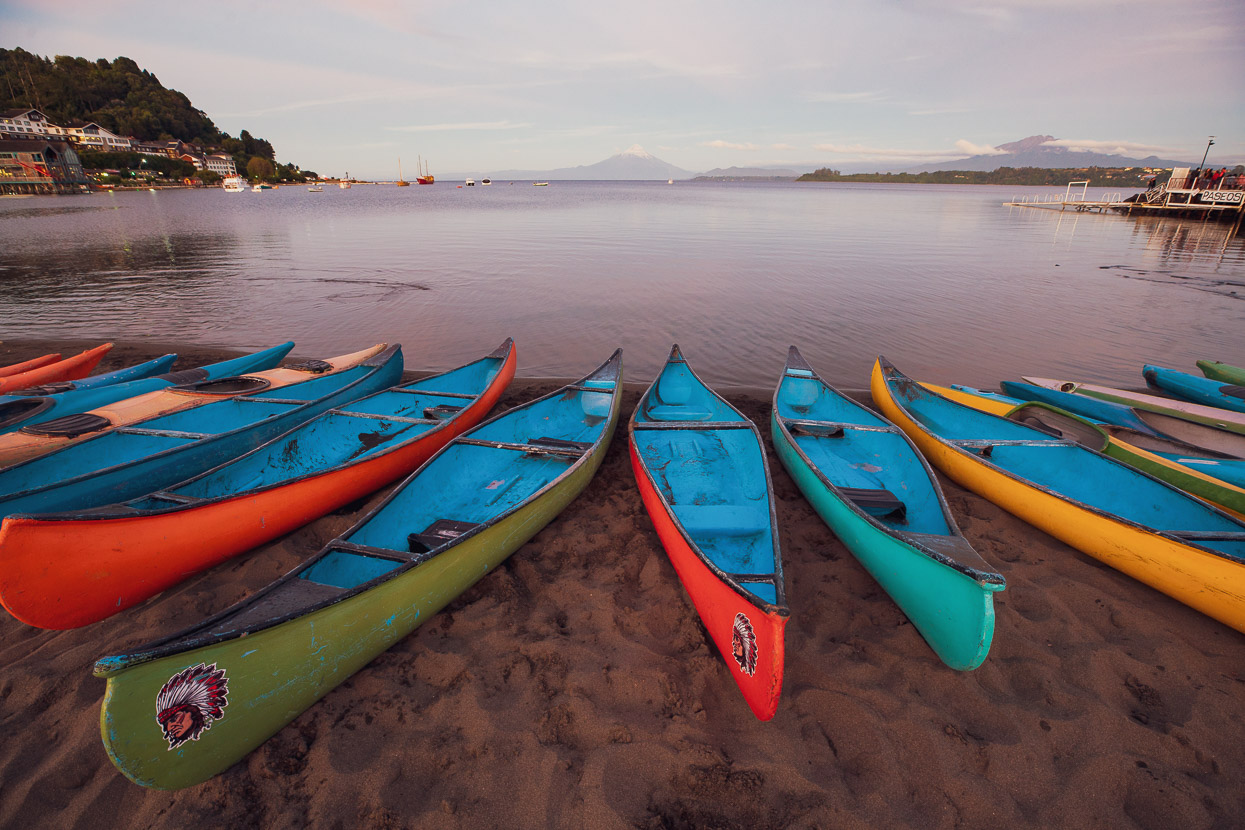




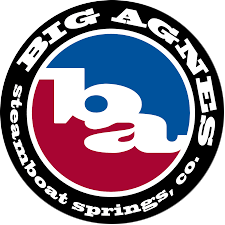





Hi mark, good decision to take the bus. I would recommend to take the route via ensenada and then v 69 south to merge with the CA. A lot more quiet than going through pt. Montt.
And you can pass by petrohue saltos.
Enjoy the ride.
Thanks – yes – we’ve had an amazing time in Chile and Argentina down there so far. We crossed Paso Puelo/Bolson and then back over the Lago Verde – La Tapera route. Both were excellent riding!
What a great adventure that you are on. As you head south you may have heard of diversions off the Carretera Austral. I’ve compiled a list some of which mas may interest you: https://www.crazyguyonabike.com/pbr
Alec
Thanks Alec – that will be helpful! We do plan to go back when everything settles down.
Looks like we might cross paths again. Hope to pick up the CA near Santa Lucia in 2 weeks or so